Should I Buy a Chinese Car in Australia?
There are new brands taking on the bigger, established players like Toyota, Hyundai, Mazda and Mitsubishi. But can you buy confidently from a Chinese carmaker?
There are plenty of brands currently in an innovation holding pattern, and even more treading a slippery slope into the River Obscurity.
Sales for Ford have fallen off a cliff (in everything except Ranger), Holden is dead, Jeep is a joke, Nissan is on the ropes, Honda hasn’t innovated in 20 years, Volvo is nowhere and Land Rovers are unreliable shitboxes - personal opinion.
And yet, upcoming brands with comparatively zero market foothold such as MG, LDV, Great Wall, Haval and (to a certain extent) RAM all seem to be growing beyond expectations. They’re even increasing their respective dealer footprint.
This doesn’t mean they’re here to stay necessarily - but while they grow, every sale they make is one potential customer lost from the big players like Toyota, Mazda, Hyundai, Kia, Mitsubishi, Nissan and Subaru.
So, can you buy one of these semi-serious brands - at very competitive price points - with confidence? Can these mostly Chinese brands turn your frown upside down and, more importantly, keep it that way?
Or are they nothing more than another basket case just waiting for you to darken the dealer’s door? Let’s talk about that.
My AutoExpert AFFORDABLE ROADSIDE ASSISTANCE PACKAGE
If you’re sick of paying through the neck for roadside assistance I’ve teamed up with 24/7 to offer AutoExpert readers nationwide roadside assistance from just $69 annually, plus there’s NO JOINING FEE
Full details here >>
Re-born LDV
The seven-seat SUV and 4x4 dual-cab ute are two of the three quintessential new vehicles which Australian car buyers want in 2021. The other being a mid-size SUV - which LDV is working on.
But here you have two potentially aspirational vehicles which are at such a razor-sharp price in their respective top-spec models they’re already commanding the (some would say short) attention of large SUV-buying mums and dads, and the cash-strapped (or cashed-up) tradies who need to replace their old shitbox Hilux dinosaur.
So what do you get with these two? The D90 has a 5yr/130,000km warranty (whichever comes first), earned a five-star ANCAP safety rating, offers a petrol or diesel powertrain, with either two-wheel drive or four-wheel drive for the petrol, or strictly AWD for the diesel. So, you have some decent choice, right there. That’s good. Some city dwellers can’t justify a DPF regeneration burn once a fortnight, but they occasionally go camping or visit the boat ramp where all-wheel drive will be useful.
The two-wheel drive versions are rear-wheel drive, too, not front-drive.
D90’s 2.0-litre turbocharged petrol engine makes 165kW and 350Nm - that’s pretty good. Not awesome. But not to scoff at.
The 2.0-litre twin-turbo diesel (coming next year, apparently) offers 160kW of peak power and 480Nm peak torque, and offers warranty for a 3.1-tonne towing capacity to match the likes of Mitsubishi Triton and Pajero Sport. The D90’s 4x4 bi-turbo diesel has a power-to-weight ratio of 67.5kW/t - better than a Pajero Sport Exceed and just 10 away from the 75.6 of Hyundai Santa Fe Highlander (which is $60k before on-roads) and of course has no low-range 4x4 drivetrain.
Both powerplants get a six-speed epicyclic automatic transmission, with a low-range transfer case and gearset for the 4x4 models, and paddleshifters. It even gets programmed off-road driving modes for ‘mud’, ‘rock’, ‘snow’ and ‘sand’ - although as a rational car buyer you’d have to question how good those settings would be against a Triton with ample product testing and the cost of homologation. Also, low-range is only engaged in ‘Rock’ mode for some strange reason.
But at least the third row of the D90, as bolt-upright as you may sit in it, does at least come with full-length curtain airbags - something that you can’t say about the brand new Kia Sorento or Hyundai Santa Fe.
It’s also worth noting there’s been some rather well thought-out layout in the engine bay, including a high-mounted DPF filter system which sits just behind the top of the firewall where it can’t get wet or catch dry grass to enthusiastically self-immolate. So that’s nice.
The boot with row three up has 343 litres of volume and 1350 litres with it folded, which bests many of the mainstream seven-seaters.
As for basic phone mirroring software, unlike the big mediocre carmakers like Toyota with fat bank accounts and yet didn’t offer the tech, and then charged you for it less than two years ago when they did get it; LDV offers you this on their base model D90 and T60. That’s right. You get Apple CarPlay and Android Auto in a $32k Chinese ute trying to break into the market. Speaks volumes, right?
There’s also a powered tailgate, paddleshift, heated folding power mirrors, heated steering wheel, rain-sensing wipers, proxy key, electric driver’s seat, leather seating in all three rows, LED headlights and running lights, climate control, eight-speaker sound system and comes with 19-inch alloy wheels.
Safety gear includes radar cruise, low-speed auto-emergency braking, front and rear parking sensors, blind-spot monitoring, driver fatigue monitoring, lane departure warning, a reversing camera, as well as tyre pressure monitoring.
USEFUL LINKS FOR BUYING A DIESEL
Diesel Buyer's Guide: How to buy, own and maintain a modern diesel engine >>
Your DPF warning light just came on: What should you do? >>
An emerging quality problem
Buying an LDV seemed like a similar experience as buying a Japanese or South Korean vehicle, only cheaper. But that notion might be coming to an end, thanks to an uplifting Queensland Consumer Court ruling.
Here’s my LDV DON'T BUY WARNING: Why owning an LDV in Australia can go wrong or just watch it here:
LDV SALES
By November 2020, LDV has outsold Jeep. And Land Rover. And Renault. And Peugeot. And MINI. And Volvo. And Lexus. This is why I don’t recommend niche brands >>
D90 in 2020 has sold 608 units as of November. That figure doesn’t throw a hand down one’s pants, but when you consider that’s almost three times the comparative sales it made in 2019 - and remember that’s 608 sales which didn’t go to Hyundai, Toyota, Mazda, Nissan, or Ford, or Subaru - it starts to paint a picture. In just two years, D90 sales have, effectively tripled.
The T60 ute: 4735 units in 2020 to November. in 2019 they did 3200. Not quite the 10,000 critical mass threshold I usually look for before recommending a brand, but LDV itself is up 129 per cent as of November’s yearly sales compared with 2019 - they managed 76 units shy of 8000 sales - and that’s in the year of a pandemic, lockdowns and a recession. In 2019 LDV did 30 shy of 6000.
In 2021, they might just crack that magical 10,000.
The T60 has outsold the Jeep Gladiator, Mercedes-Benz X-Class (remember that?), fellow Ateco import the RAM truck line-up, SsangYong Musso, and it outsold the Ranger 4x2, Triton 4x2, D-Max 4x2 and Mazda BT-50 4x2.
The T60 is where mainstream ute buyers are continuously looking when it comes to affordable workhorses - especially when this is a business decision and the budget is tight. It also doubles as sturdy family conveyance.
Essentially, it has a three-tonne (braked) towing capacity (not that you should be towing anything over two in this vehicle), some less-than-polished software in the infotainment system, and the current 2.8-litre turbodiesel, which was fairly useless at anything above moderate towing, is supposedly being replaced by a 2.0-litre twin-turbo unit which is a slightly more tradie-friendly powerplant with 120kW at 4000 revs.
Having said that, if you run a pretty efficient operation as a standalone tradie, perhaps running your own one-man-band, or perhaps you’ve got one or two extra utes as part of a growing small business, you could easily save yourself 10 or 20 grand avoiding a Hilux and choosing the LDV in Mega Tub top-spec with the larger load space.
Should you buy LDV light commercial vehicles?
If you’re in the market for a new vehicle, emerging brands like LDV offer a compelling, rock-bottom price. It can be hard to look away - especially if this is a business decision, if there’s a budget, and if you’ve got your economic rationalism hat on.
But what is LDV, and (seeing as ‘price’ is not the only component in the ‘value’ equation) should you even consider buying one?
Short answer: Yes, I think you should consider buying one because the several thousands you might save to keep your bottom line running over the next few years, might offset the extra you’d pay for a notionally superior van simply because it comes with a more solid brand footing.
That doesn’t mean you should go out and buy one in some knee-jerk reaction to this report, but you should crunch your own numbers and your current situation. Does the shoe fit and can you put that money toward, I dunno, new powertools or something? Tradie underwear. A second Xbox - whatever.
The latest LDV commercial vehicle on sale is the Deliver 9 van.
Deliver 9 van
The economic rationality of buying a van lacks nuance - it’s very simple: get as much stuff in as possible, for the lowest price. It kicks van heavyweights like Toyota Hiace, Mercedes Sprinter and Ford Transit down a notch.
What LDV brings to the market is a very confident value proposition for fleet buyers or small business owners. The most you can spend on an LDV Delivery 9 is going to be about $42,000. This will get you 10.97 cubic metres of load space and a payload of 167 tonnes in the manual, 1500 (auto SWB), or 1640kg (auto LWB).
The Deliver 9’s specs include:
2.0-litre 4-cylinder turbodiesel: 110kW @ 3500 RPM & 375Nm @ 1500 RPM, includes engine stop/start, Euro 5 emissions compliance, Bosch fuel injection, cast iron block with aluminium cylinder head, and a 15.6:1 compression ratio
Transmissions: six-speed manual or automatic
Rear-wheel drive, 80L fuel tank
GVM: 3800/4000 (LWB), Towing: 2.8 tonnes (braked) - Toyota Hiace can only manage 1500kg towing and a GVM of 3100kg - so the Chinese van is superior in this regard.
Autonomous emergency braking, adaptive cruise control (auto transmissions), reverse parking sensors, Apple CarPlay and Bluetooth phone connectivity
1.2m side door aperture and 180° opening back barndoors, power and heated side mirrors with indicators,
$1500 Option Pack: 236° opening back barndoors, blind spot detection, lane change assist and keyless entry
It’s unfortunate that on top of all that lifting and driving you’ll be doing from the crack of dawn until knock-off, you’ll also have to tolerate hydraulic power steering.
But if you can ignore that and look at the facts, then you could save thousands by considering a Delivery 9:
… it can carry two Australian pallets … and its cubic capacity is 10.97m3
Divide cubic capacity and payload by the $42,095 recommended retail price, and its $3,837 cost per m3 and $25.21 cost per kg mean it comprehensively outpoints its rivals.
-LDV Australia
That’s right. A Ford Transit 350L long wheelbase mid-roof van may have 15kW more peak power, but it wants an additional $10,000. You’ll spend thousands more on a new Hiace too, which can’t tow what the LDV can. And a base model Mercedes-Benz Sprinter (manual) wants about $50 grand new - and it’s gutless.
Cubic cargo volume: Sprinter: 7.8m. Hiace SLWB: 9.3m. Transit: 10.8m. LDV wins: 10.9
I think if you’re running your own trade business with just one vehicle or even two or three vans, an LDV could be a very smart buy. It’s up to you whether you want to save money outright and take a punt on the newcomer brand.
From Upstairs
It’s one thing for a brand to grow, even explode onto the scene, but it’s entirely another thing for the company itself - charged with importing, distributing and marketing the product - to do it by putting the consumer first.
But in my experience, that’s how you get the strongest foothold - by making your customers the centre of your universe. You can spend millions on advertising (and plenty do), but word of mouth and a personal recommendation from someone you trust, like friends, family, work colleagues, is better PR than any high-brow marketing campaign. And you get that word-of-mouth customer marketing by doing right by them at every turn.
Carmaking is an intensely expensive process with high production costs due to the nature of building a two-tonne box of metal, plastic, glass, wire, rubber and leather. And once you’ve built your vehicle, you have to ship it somewhere, which is again very expensive. And then you have to sell it. Which means you need a market to sell it to.
Ateco Group has been trying to crack the Australian market with LDV for about six years now, and they’re doing a pretty good job selling MG now, too. But until recently they’ve struggled to hold onto a sustainable chunk of the buying population which admittedly isn’t all that big to begin with. Let’s call it an uphill battle.
Ateco itself isn’t a completely unknown entity in the automotive game, it must be said. They’ve been around 40 years but to mainstream Australian car buyers they’re far from Toyota.
So they’ve been trying to sell a completely unknown brand from an historically unknown automotive manufacturing base (China) to a tiny population (compared to other global markets) where the big brands are already king.
But the tide is slowly turning for Ateco and LDV here in ‘Straya, so I put it to them, whether they’re here to stay and support their customer base, or if it’s going to be more of the same Hokey Pokey dance moves - one leg in, one leg out, shaking it all about.
Ateco Chairman Neville Crichton is the guy running the show. A chap named Dinesh Chinnappa is responsible for LDV itself and he told NewsCorp’s Queensland Times back in 2017 that:
The roll out of these new dealerships are very carefully structured to ensure that the new businesses are viable…
Why does he want LDV dealers, of which there are now over 80, to be viable businesses (unlike, say, those arseholes at General Motors Holden)? It’s elementary, according to Mr Chinnappa:
…it is important for a dealer in Brisbane, for example, to be able to say to a prospective customer that there is string of LDV dealers all along the Bruce Highway to Cairns, down the Pacific Highway to Sydney or on the Newell to Victoria and beyond.
We want our new dealer roll-out to be beneficial to all the network and customers as a whole and to ensure the brand grows in line with new products and increased demand.
That sounds awfully like logic and reason to me. Like, where is the underlying insinuation about hoovering up the customer’s bank balance? I know all dealers and importers are in this to make money, but that sounded rather altruistic for a car brand. So that’s nice.
I also put questions to Ateco directly regarding their commitment, or potential lack thereof, to ongoing long-term customer support and decent products.
The LDV brand already has over 80 dealers in Australia and we’re looking to build on that in line with increased sales volumes, without compromising the dealer network’s viability.
That’s from Ateco Group’s public relations frontman Oliver Peagam. What he’s saying there is words to the effect of, ‘We have more vehicles coming, but we don’t want to over-supply our dealers when the demand isn’t quite there yet’. This is wise because, as I’ve explained in the past, dealers buy their vehicles on credit from the importer. And then have to repay the bank.
If Ateco floods its dealers with unrealistic sales targets and over-stocks their holding yards, dealers will haemorrhage money faster than they can sell those cars and that would be dumb. So, this is good for you, the consumer, because it means buying into the pimp’s Cadillac of D90 SUVs or joining the blue-singleted Grey Nomads by buying a T60 Mega Tub dual-cab ute, you’re far less likely to be left without a dealer service department if something fails.
It’s a balancing act and we pay close attention to it. We expect the brand to continue growing sustainably on the back of several new products launches – the recent all-new Deliver 9 van being an example
There’s also a new full-size van coming from LDV too, called the Deliver 9 which I spoke about in my recent Q&A and might even end up recommending.
And just for perspective, okay, Isuzu Ute has 149 retail outlets, Hyundai has 160 dealers, Mitsubishi has 200, Toyota has nearly 300. The outright number may not impress you, but considering how quickly those LDV dealers have sprung up in the last three years, should speak volumes.
Ateco also tells me that:
wherever possible we have increased our own stock reserves of parts.
It’s expensive to do this, but … it’s the only way to deal with the disruptions in shipping that we are currently facing
So that’s another rational consumer-centric business decision - something Fiat Chrysler struggles with: having parts readily available.
we are extremely confident about the brand’s future.
We see volumes continuing to grow in a sustainable way on the back of new and ever improving products. And as volumes grow it will allow us to expand the dealer network to increase geographical coverage and further bolster aftersales support for our customers
Putting my name to these reports and when I recommend a brand and their vehicles to you, this means I have to be certain you’re going to be looked after if you buy a car through AutoExpert.
And while I don’t receive a great deal of negative feedback regarding specifically Ateco or LDV at the moment, I want to advise consumers that we have to look at an historical track record in order to crystal ball what the future brings. It’s literally all we have.
So I want to see ongoing silence in the domain of consumer complaints and related argy-bargy with both Ateco and LDV before I go putting my approval on their vehicles. But I am growing more confident.
Obviously there is a hugely economical equation to factor into your buying decision, and saving five or 10 grand on a dual-cab ute or seven-seat SUV is a risk you need to weigh up. In due course, it’s looking like LDV might become worthy of your cash in my eyes.
Let’s see how they go hitting 10,000 Australian sales before then.
Going MG: Good idea or bad?
MG Cars Australia has just dropped the most affordable electric car onto the local market, the ZS EV and, yeah, it’s looking a lot like my Chitoux cheap EV concept >> They’re pretty close to being on the money with how the economics of electric vehicles should work - it’s just $44k driveaway with an 8-year/160,000-kilometre battery warranty.
This should concern the established brands who are, seemingly, fixated on the egotistical numbers race to quote the highest range and battery capacity each time they launch an EV. The ZS EV quotes 236km of WLTP range from a 44kWh battery - but to be fair, even this range and battery could be reduced to further drop the price and still align with the primary use of most small runabout passenger cars.
Then you look at the entirely SUV-based MG range of internal combustion powered vehicles and there is a mounting case for cash-strapped buyers needing to get out of their old car. We’re talking, for example, about the ZS medium SUV at roughly $30,000 with active safety features (like adaptive cruise, forward collision warning, rear cross-traffic alert, blind-spot monitoring), a 360-degree camera, rain-sensing wipers, Apple CarPlay & Android Auto, leather and push-button ignition. Another $3000 adds electric and heated seats, a panoramic sunroof, a full digital dash cluster and snazzier wheels.
The ZS was given a 2017 four-star ANCAP safety rating because it lacked any collision avoidance tech, which it now has, and the destructive testing found it performed okay - but was heavily penalised for “Insufficient inflation of the passenger airbag caused bottoming out of the dummy head” in the frontal offset test. The slightly smaller HS SUV from MG got a five-star rating in 2019 (details here >>) on all variants.
So, on balance, the MG SUVs are relatively safe, affordable, and thanks to modern metallurgy and the fact China is a manufacturing powerhouse the world has never known, they’re probably built pretty well.
SALES & DEALERS
MG dealers have also sprouted over the last couple of years, signalling confidence in the brand. Even ex-Holden dealers have taken on the emerging brand this year with the demise of the GM shit-sandwich, growing the Australian MG Cars network to 57, including 14 in Victoria alone.
At mid-2020 only six brands had positive year-to-date sales figures including MG which was the best-seller according to growth relative of sales. At the end of November, MG has sold over 13,000 cars in 2020 - that’s up 133 per cent over the same period in 2019. That says something. Volvo has been in Australia forever and they can barely manage 6000. Jeep is down to just 5000 sales.
In a year when buying cars has been far from a priority, increasingly, people have bought into the MG brand despite mass unemployment increases, stunted wages and a recession. Oh, and a pandemic.
Also important is what MG Cars Australia CEO told GoAuto back in May:
“We’ve been working hard to ensure we best support our trusted dealer partners.”
This tells you head office seems to have some kind of meaningful dialogue with its customers.
…and share our mindset of excellent customer service, sales and aftersales care.”
And this:
“We look with optimism to the future ahead which includes the range topping MG HS still to come this year, as well as our exciting all-electric ZS EV arriving in Q4 2020.”
Both models of which they have delivered on time as promised, which should tell you they’re relatively organised and keep their word. Unlike Tesla >>.
MG cars are also built by SAIC Motor, like LDV, which tells you the Chinese vehicle manufacturing juggernaut isn’t messing around.
They’ve got dealers, respectable sales growth, the economy of scale and they’re building cars in the segment everybody wants to buy - SUVs.
And they’ve reached my 10,000 sales critical mass benchmark. So yeah, I think you’re in a fairly confident position buying an MG. And you’ll keep a fistful of money in your pocket.
Great Wall Cannon fire
Great Wall has big plans and intends to flex its value muscles against the establishment we know as Hilux, Ranger, Triton and D-Max. But it has a mountain to climb.
CarAdvice’s Josh Dowling recently said Great Wall intends to ramp-up its dealer network from less than 50 to around 80 during 2021, and I’d suggest there are plenty of pissed off ex-Holden dealers out there who are very keen to stay in business.
The question for you, the consumer, is whether you should take a risk on the refreshed Great Wall brand and its Cannon ute.
They’ve shortened the the name from ‘Great Wall’ to GWM, which doesn’t really make it any easier to say or remember, if they want to maximise their awareness.
Then there’s the ‘Cannon’ name which is an excellent departure from ‘Steed’ which infers a shitbox on its last legs - which is exactly what that vehicle was.
The Steed was an unmitigated safety disgrace, which performed so poorly in ANCAP’s frontal offset crash test it didn’t even qualify for a pole test. The technical report from 2016 cited:
There was excessive footwell deformation and pedal displacement in the frontal offset test. There was separation of footwell panels.
Driver lower leg protection was poor. Steering column components were a potential source of knee injury for the driver. Dash components were a potential source of knee injury for the driver and passenger
And what’s just as appalling is the complete lack of any child restraints, obviously it had no collision avoidance features, and it drove like shit too.
It’s important to keep in mind Great Wall is an obscure brand here, sure it still made 17.2 billion US dollars in 2019, building and selling over one million cars globally. But Toyota made 278 billion USD. Hyundai earned 90 billion.
Great Wall is coming, but way too slowly, and it’ll take some time before their engineering chops are on par with Toyota, Mazda and Mitsubishi. The concern for those brands however, should be how quickly the Chinese are catching up. We’re about to see what result the last few years of development.
Great Wall’s PR action man, Steve Maciver tells Josh Dowling there are big plans afoot:
We’ve engineered the car to be as safe as possible, we’ve included every piece of safety technology available to us, but we need to wait for the assessment by ANCAP
What this tells you is that the deplorable shitbox Steed’s result has actually resonated with the bean-counters. That’s good (and so it should). MacGyver continues:
“We are looking for significant growth next year and we believe this is the vehicle that will help deliver that”
There’s also enormous doubt about the longevity of the brand in Australia as well.
Great Wall has only sold about 2000 vehicles in 2020. So, obviously it is looking for growth, but so are plenty of other established brands - the difference is Great Wall has some advantages by starting with a ute. And that main benefit of putting what is, quite frankly a good looking ute, into market is that it can pitch to value and cost-conscious buyers. Let’s talk about that.
The Cannon base model is priced from a highly competitive $33,990 driveaway with a seven-year unlimited-kilometre warranty and five years of roadside assistance. I would wait about six months before taking a deposit to the dealer for one, just to make sure there are no gremlins in this new model. And yes, I’m expecting gremlins.
And to go from ‘engineering shitbox’ to ‘technical brilliance’ in one generation of R&D is a feat no carmaker has ever achieved, let alone a (relatively speaking) ‘small’ player like the Chinese.
So, from the outset, like LDV, I would advise extreme caution before dropping your cash on a Great Wall Cannon. Give it time.
The powertrain is a 2.0-litre turbo-diesel with 120kW and 400Nm, a ZF 8-speed automatic transmission, a low-range 4x4 gearset and a rear differential lock. Suspension is a coil-sprung front and leafs at the rear, with disc brakes on all corners and and electronic park brake with an auto hill-hold. So that’s good.
As for safety features, something entirely missing from Great Wall in recent history, there are plenty. You get:
Forward collision warning and auto-emergency braking (incl. pedestrian/cyclist detection), lane departure warning and keeping assistance with lane change assistance, rear cross-traffic alert, adaptive cruise control, traffic sign recognition & overspeed alert
Tyre pressure monitoring system, reversing camera, kerbside camera (passenger side), rear parking sensors, seven airbags including a front centre airbag, auto unlock doors and auto fuel-cut function (if crashed), hill start assist and descent control.
On the exterior, you get nice things like 18 inch alloys, electric door mirrors, auto LED headlights and daytime running lights, fog lamps with auto steering function and side steps.
Then inside there’s keyless entry and push-button start, something called ‘Comfort-Tek’ (allegedly) ‘eco leather’ seats, air-conditioning, steering wheel controls and paddle shifters, a nine-inch LCD touchscreen with Apple CarPlay & Android Auto standard, a 3.5 inch colour instrument cluster for the driver, a dedicated 12-volt power outlet ideal for dashcams (they’re big in China) plus regular 12v power outlets and two front USB ports, plus one for the rear.
Here’s how the Cannon model specifications break down:
CANNON-L, the mid-spec version costing $37,990 driveaway (+$4000) adds:
Sports bar, better 18-inch alloys, a spray-in tub-liner, an ‘easy up/down tailgate’ (whatever that is; spring-loaded presumably), a cargo ladder, heated front seats with six-way power adjustment, a leather steering wheel, climate control which includes rear air vents, front parking sensors in addition to rear, a 360-degree camera, electric folding mirrors, roof rails, second-row privacy glass, an electric anti-glare rearview mirror and a 220-volt power output.
CANNON-X, the top-spec version at just $40,990 driveaway ($3000), adds to the Cannon-L:
Leather seats, tilt-slide adjustable steering (well done), a bigger seven-inch driver’s instrument cluster, wireless phone charging, four-way power adjustable passenger seat, power assist steering modes, a door open warning, a 60/40 folding second row seat, and voice recognition.
And the Cannon’s capability as a workhorse is also interesting because even though it’s down on power compared to the established utes, much like the LDV T60, it has compromises which limit its performance potential, but also the cost for a medium-duty ute.
Length is 5410mm where a Triton is 5305mm, so that’s exactly 10.5cm of additional Cannon. It’s 1934mm high (Triton is 1795mm: 139mm shorter), and it’s 1886mm wide (versus Triton at 1815mm: 71 mm more narrow). So broadly they’re about the same size; you’ll never really tell the difference.
Importantly, the wheelbase is 3230mm when a Triton is exactly three metres, meaning there’s gunna be more legroom in the Great Wall; same goes for current Ranger (by only 20mm), current Hilux (by 145mm), new Mazda BT-50 (by 105mm) and Isuzu D-Max, and Nissan Navara (by 80mm).
Ground clearance, despite being a slightly taller vehicle, is reasonable at 194mm - but not as good as Triton (220mm), ditto Ranger (237mm), Hilux Rugged X (251mm), BT-50 (240mm), Navara N-Trek (268mm) - and the pissing contest is over.
Wading depth is 500mm; certainly not to the 700 or 800mm benchmark in the segment, but who gives a shit, really? Especially saving 20 or 30 grand. How many torrential rivers are you planning to cross with your tool trailer on board?
Approach angle (just in case it actually matters) is 27 degrees, departure angle is 25 degrees and rampover angle is 21.1 degrees. If you’re planning to go rock crawling in your Great Wall Cannon, I’d suggest a cranial software update before you break yourself or the vehicle.
TOWING
Payload, however, is interesting at 953kg together with the official braked towing capacity confirmed at 3000kg (and 300kg towball download). I would advise this is clinically insane to tow anything over the Cannon’s as-yet-unknown kerb weight which I would presume is about 2000kg. GWM dude also don’t know the Gross Vehicle Mass, which is rather entertaining considering they’re expecting people to load this vehicle up.
Do not start foaming at the mouth until we know more about what this vehicle is technically capable of.
Honestly, I’m sceptical about how commercially successful this iteration of Great Wall is going to be. They have one ute under one brand and there’s no historical precedence to suggest GWM is gonna be around in years to come to provide you with parts, technical support and dealer servicing.
Having a big tough ute is easy - Mercedes-Benz had one and it failed. I think you’re safer buying the LDV T60 at this stage.
HAVAL: Going Nowhere
It’s not all good news for Chinese brands here in the highly competitive Australian market.
Haval has been trying for years to land a slice of the local car buyer and it’s just not happening, and the facts will support my assertion here. Truth is, they just don’t sell.
In 2020 Haval has sold just 2894 cars. These are affordable SUVs which should be bang-on the primary demographic. But less than 3000 cars is not an attenable result for a brand which has zero brand presence. And there lies the main problem with buying Haval.
Putting aside the fact they’re aesthetically uninteresting, they look and feel underdone - in my view. And most of them don’t come with the newest safety features available in established Japanese and South Korean brands.
Or those which do have that tech, I hold serious reservations for in regards to how well it’s been implemented. If a global brand and top 10 carmaker like Kia can’t get the new Sorento to do lane departure warning, blind-spot monitoring and two left turning lanes properly, I’m just not seeing how a Haval H9 could do a better job at adaptive cruise, and auto emergency braking in all conditions.
The H9 got four ANCAP stars in 2015, lacking any crash avoidance features which has since changed. They’ve slapped some auto emergency braking, forward collision warning, adaptive cruise, blind spot monitoring, rear cross-traffic alert and lane departure warning - but I don’t see how they could be as well integrated as the mainstream brands like Hyundai, Mazda or Mitsubishi.
They claim a new H6 is coming next year with the potential for hybrid and EV versions, but it’s kinda like, ‘Who cares?’ EVs are kinda irrelevant, and hybrids are only cost competitive to high-mileage city drivers.
If you need a half-price Toyota Prado and don’t buy into the Big T’s ‘unbreakable’ bullshit marketing, then sure, a Haval H9 is probably going to be a smart buy - but only if you live near a dealership. It’s on a ladder-frame chassis, and has a proper low-range gearset (that’s good). But it’s stuck to a 2.0-litre petrol engine demanding 95 RON premium. At 2.4 tonnes with a full tank, it’s a heavy bastard too, which means its feeble 133kW of peak power and 350Nm of peak torque are inadequate for anything close to a moderate payload or towing.
A Pajero Sport weighs about 2.2t fully fuelled, it’s going to be more reliable, it’ll drive much better (with more torque), and if you don’t actually need third row seats, it’ll cost the same as the Haval. Not to mention there’ll be more dealers in more places. Oh, and Mitsubishi has been here a long time and knows how to look after its customers (generally speaking).
And if you thought Toyota’s infotainment was behind the times, the H9 doesn’t get Apple CarPlay or Android Auto, and turning the rear parking sensors off disables the reversing camera. Well done. Whoever thought that was a good idea should be sacked.
But to be fair, the H9 is half the price of a Prado - just $45k. The H9 is a very solid value proposition, I will grant it that much. But in the context of everything else that comes with buying a new car - it’s not just about money.
The facts is the Haval brand means nothing to the actual people buying cars and their reputation as unsafe still sticks, and this will take a long time to change - we’re talking years. Maybe it’s a snobbery thing, maybe it’s even an irrational xenophobia at play.
The quality has come a long way in a short period, and frankly it should put the likes of Honda and Nissan to shame - and does in my view. But Haval is still too risky for me to recommend - for now. Perhaps I’ll be proven wrong.
SsangYong swandive
About three months ago I posted a report about the impending collapse of the other-other-other Korean brand, SsangYong.
As a result of the economic upheaval the COVID-19 pandemic has created for carmakers teetering on the edge of commercial success or failure - the chickens have come home to roost.
And wouldn’t you know it, I was right. SsangYong filed for bankruptcy in December 2020 in South Korea after owing the equivalent of $US285 million to banks.
SsangYong had 2019 sales targets in Australia of 3000 units. They hit 1000. This year, they’ll be lucky to manage just 1600 sales. And globally the company is swollen with debt and sales plummeted 20 per cent to below 99,000 units. Hyundai Motor Group is expecting nearly seven million sales next year, just for perspective.
Regardless of the local outpost telling the motoring media:
SsangYong Motor company – including the Australian subsidiary – remains fully operational, business as usual
… I think SsangYong is a cooked duck. They have a three-month administration period in which to sort its shit out with a new buyer. But even once that happens - if it happens - it’ll be an eternity before the brand reaches that critical mass needed to be considered any kind of threat to the establishment.
Which is a shame, because I quite liked the Rexton, I hear good things about the Musso and the Tivoli looks like it would be a nice car. Pity about the parents.
SsangYong isn’t Chinese, but it is emblematic of how easily brands such as these can be crippled and become financially unviable, regardless of having good or even average cars.
The biggest problem is if you buy one and they collapse, you’re left with a two-tonne garden ornament when there’s a failure.
CONCLUSION
The fact is LDV and MG sales are on the increase and as their dealer network expands, so too will their brand awareness among the buying public. I think this makes them the horses to back in the race for Australian market stability - but they have a lot of work to do yet, and they need to hit that 10,000 annual sales as a rough guide. I think they will achieve critical mass.
The success or failure of Great Wall and Haval remains unclear - and splitting the SUVs and ute between two brand names seem illogical to me. Why wouldn’t you have one brand selling both and double your potential exposure? Either stand by the Great Wall badge and make that the pride of the company, or don’t bother. Imagine the Great Wall brand selling SUVs and dual-cab utes at extremely affordable prices - there’s your target market taken care of.
There are plenty of brands which have tried and failed in Australia: Proton, Holden, Infiniti, Chrysler, Hummer, SAAB, Rover, Leyland, Morris and on it goes.
Any of these four Chinese brands could fall over, so it’s a risk management exercise you have to take seriously if you’re holding a fist of cash for a budget ute or SUV from The Great and Awesome. I hope this report helps you decide which ones are the safest option, because they do offer increasingly excellent value as their product quality improves and their ability to support consumers does the same.
One thing is certain - the rise of the Chinese brands is happening, whether you buy one or not.

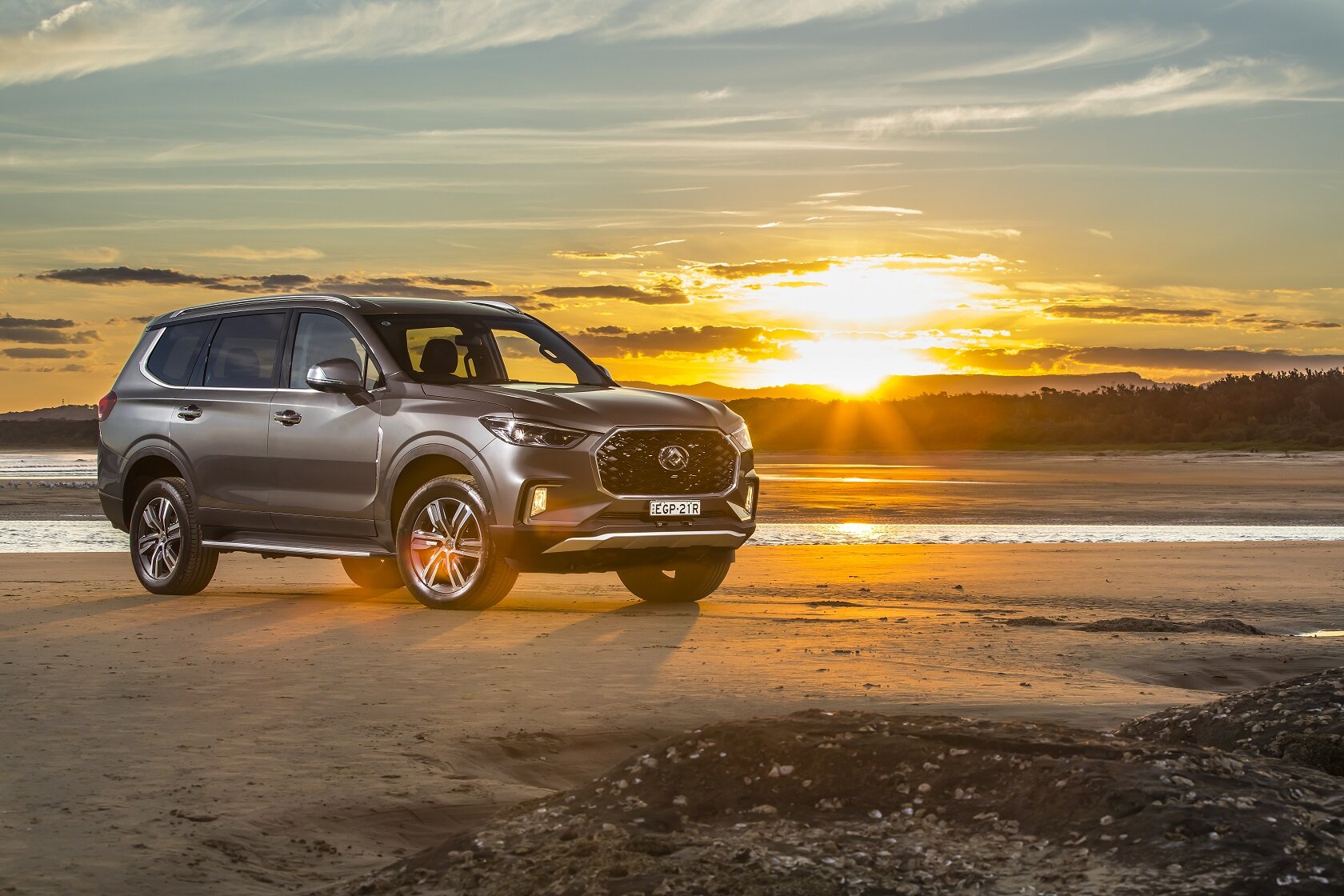
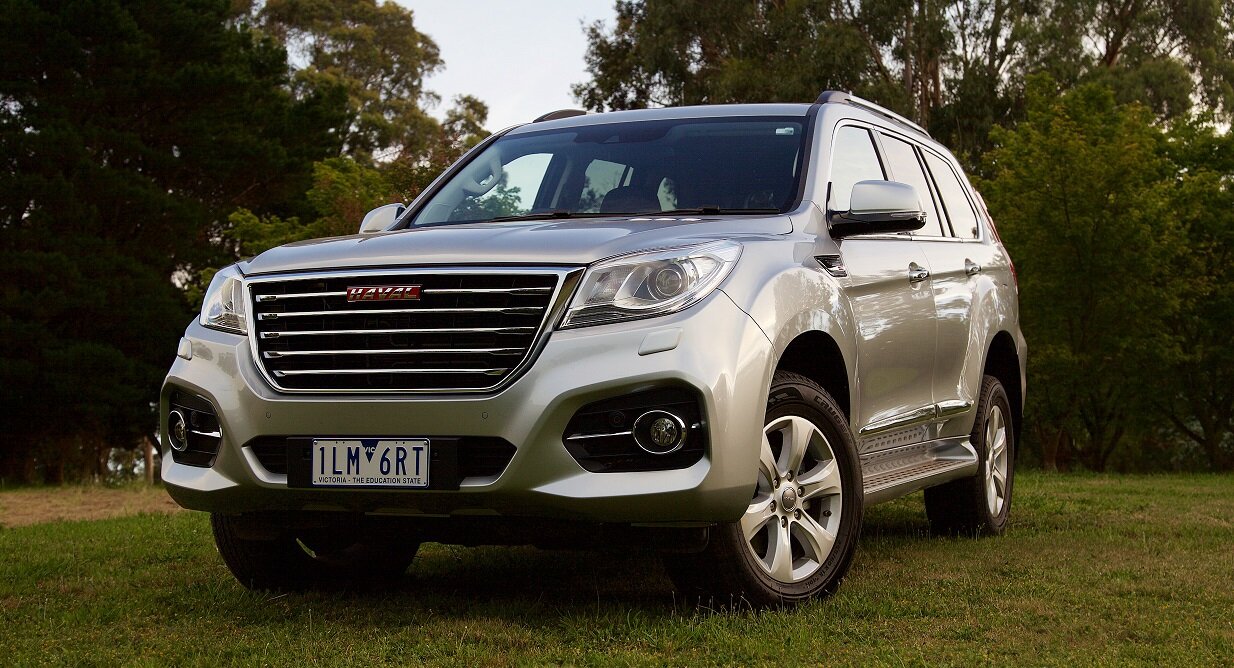
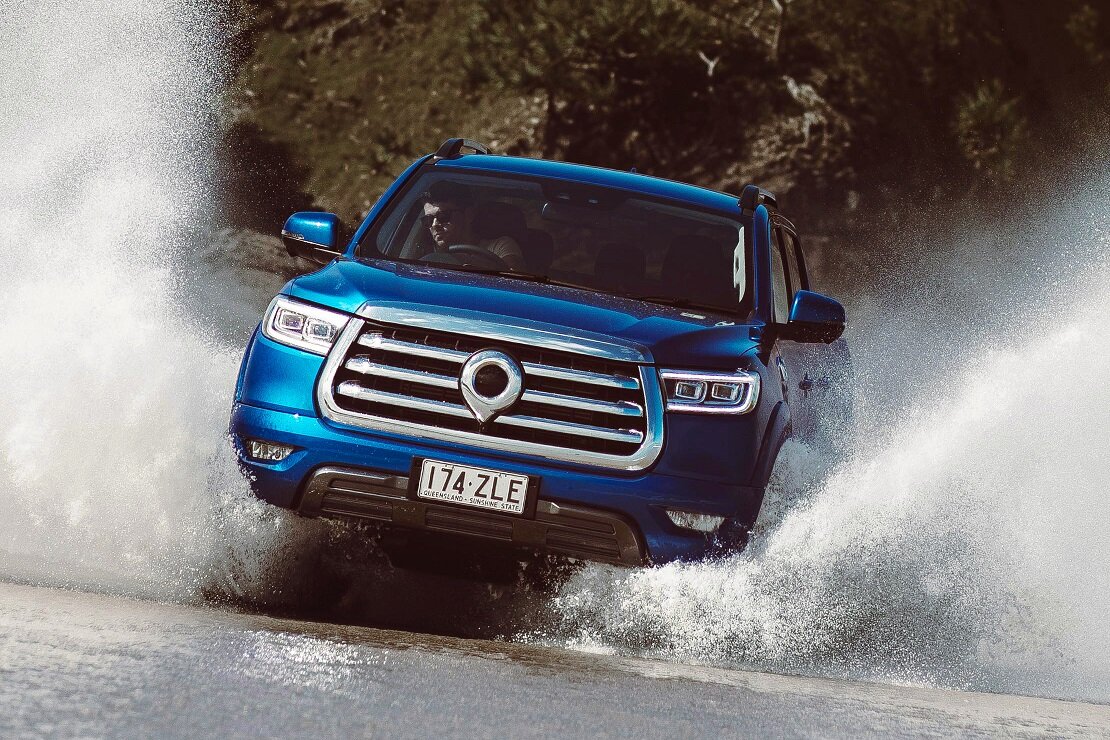

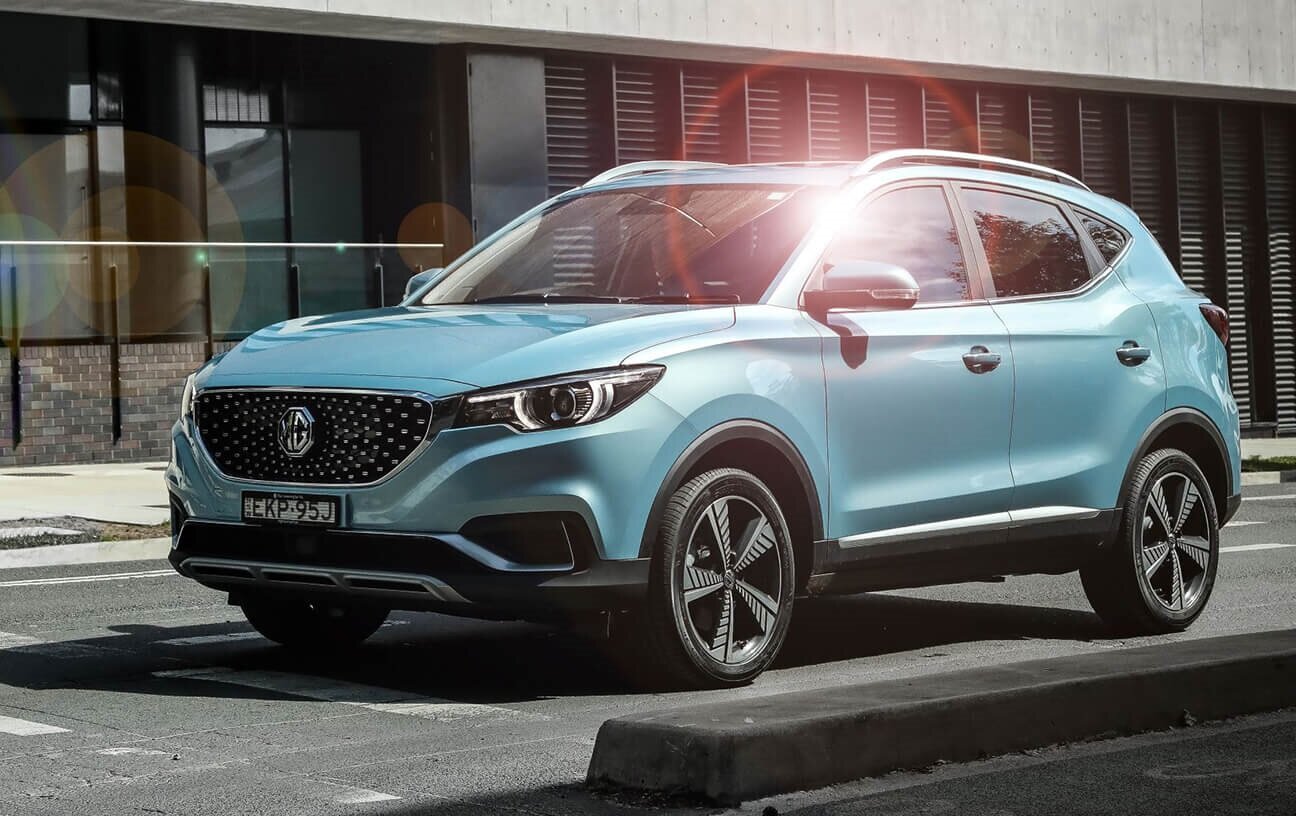


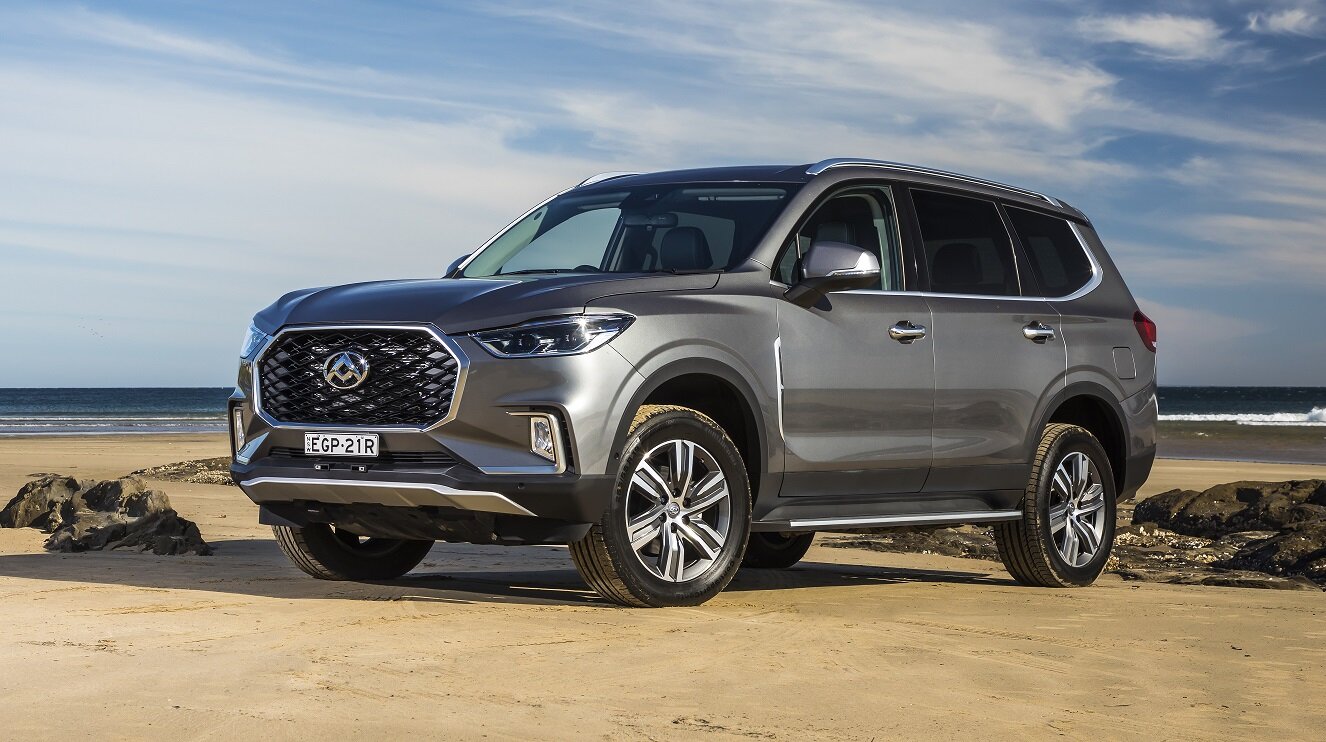
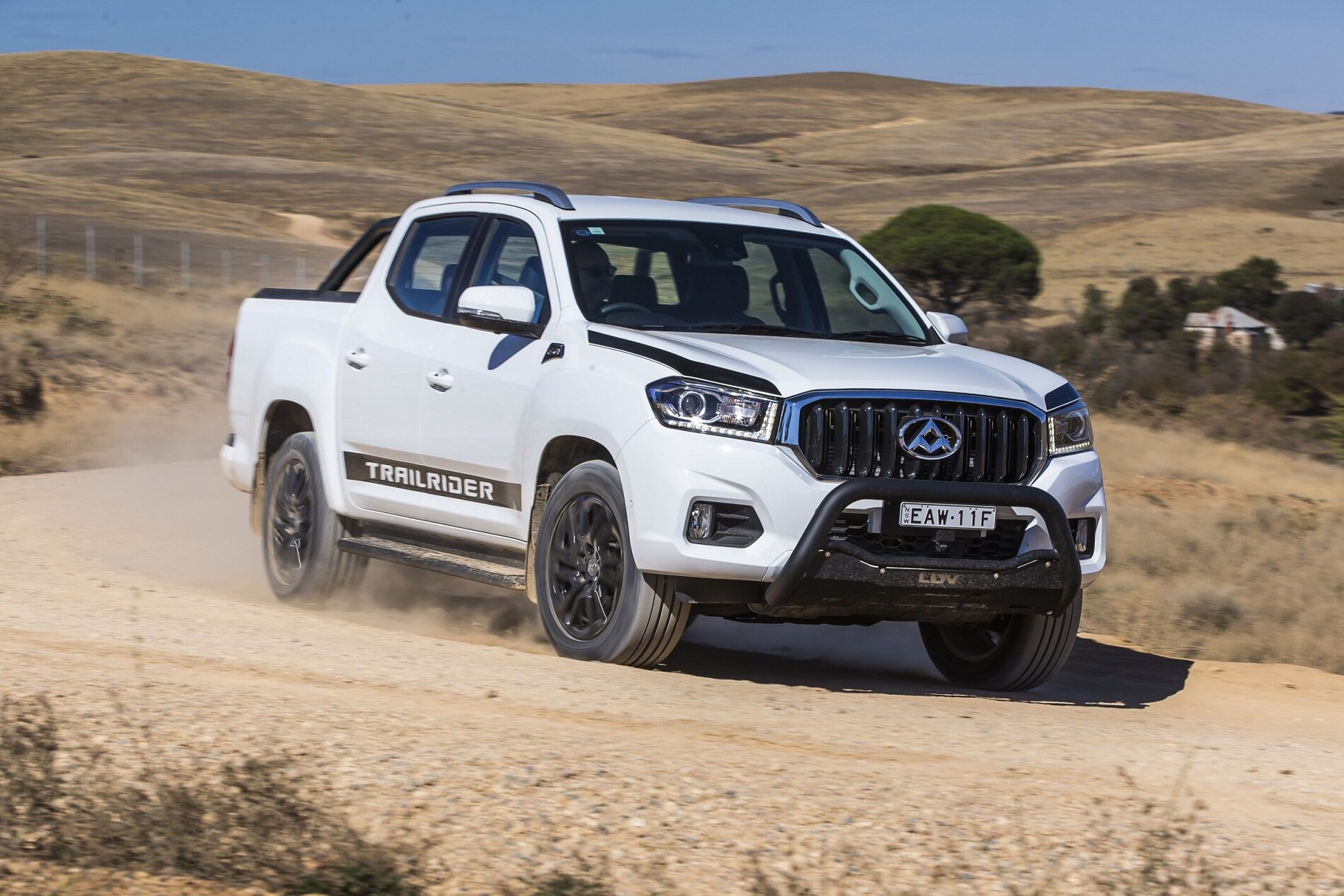

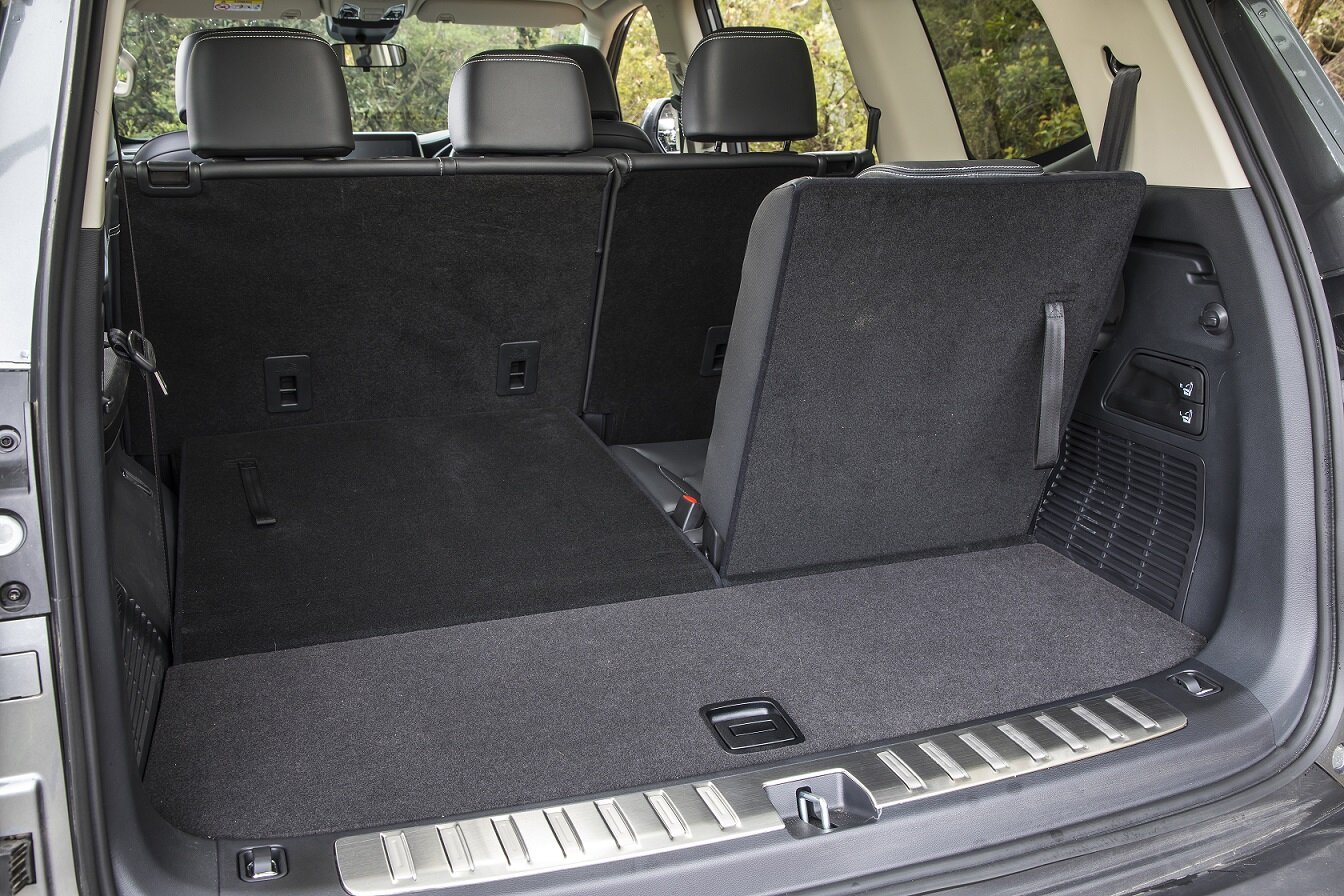
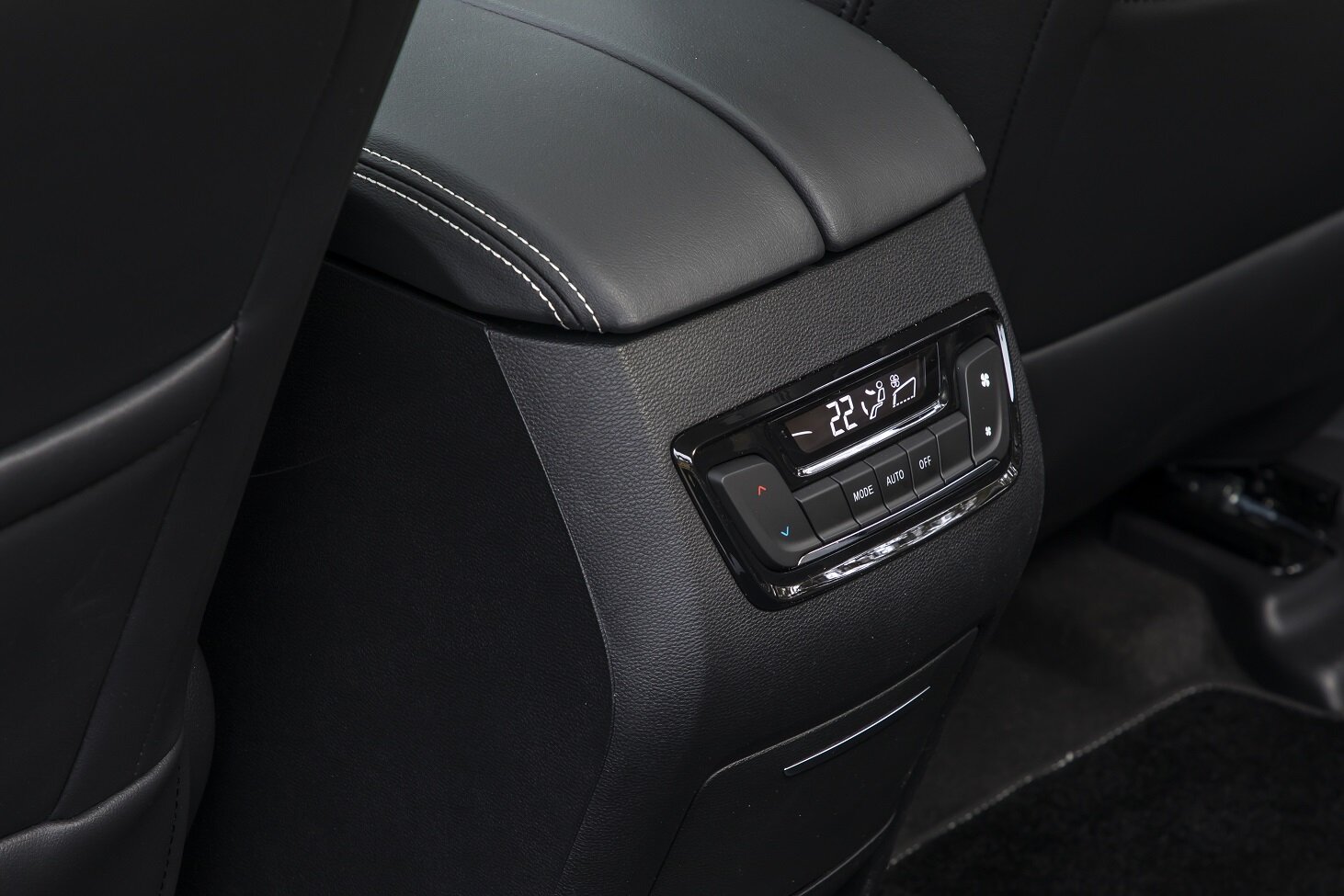
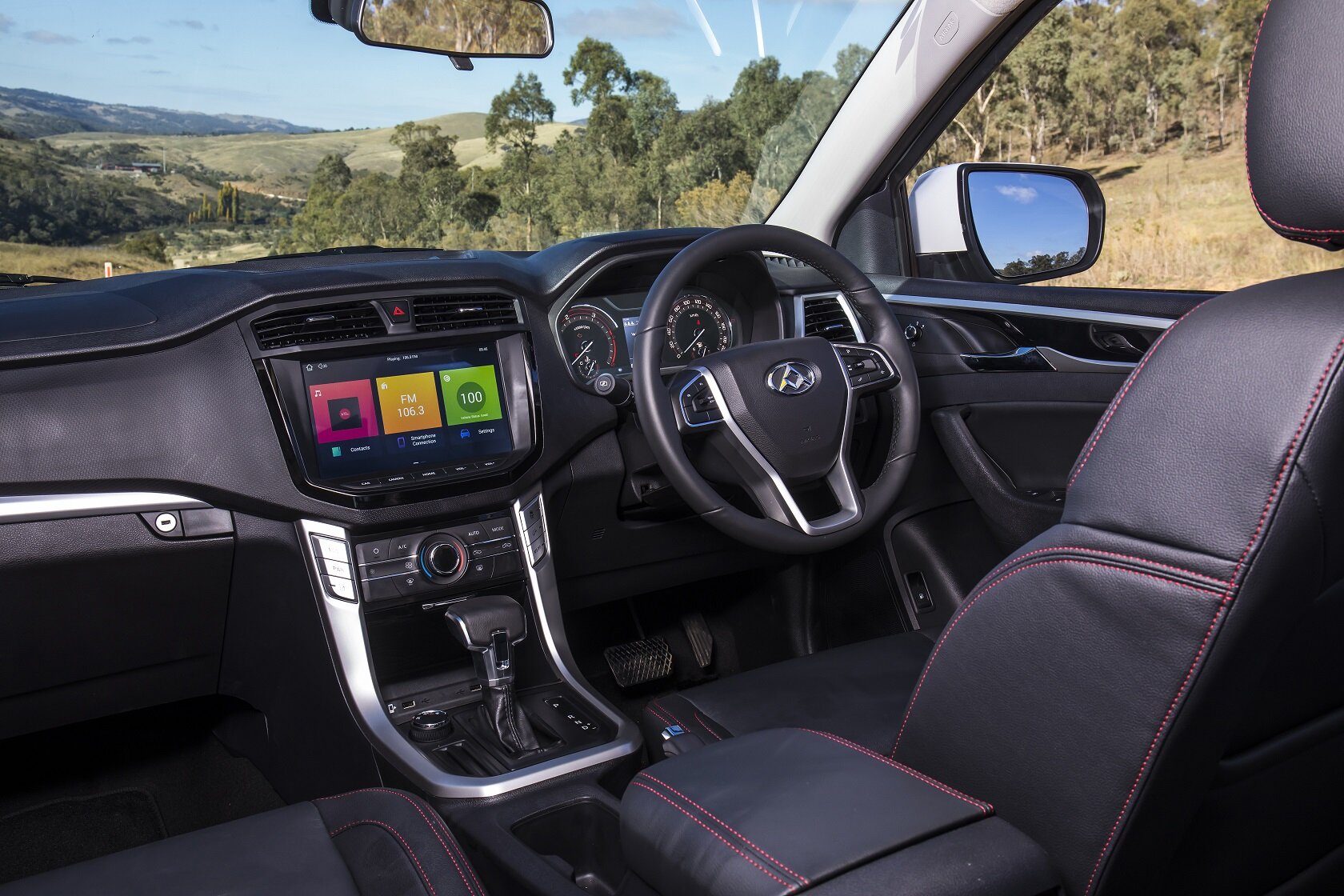
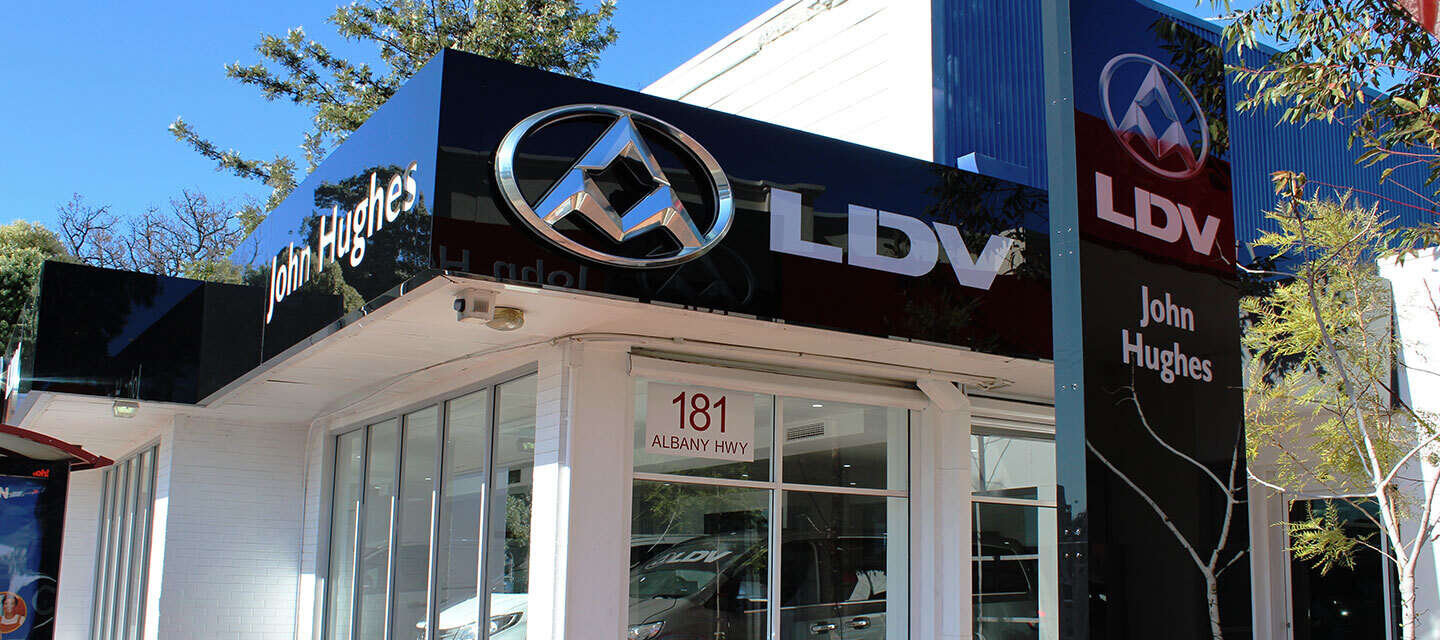
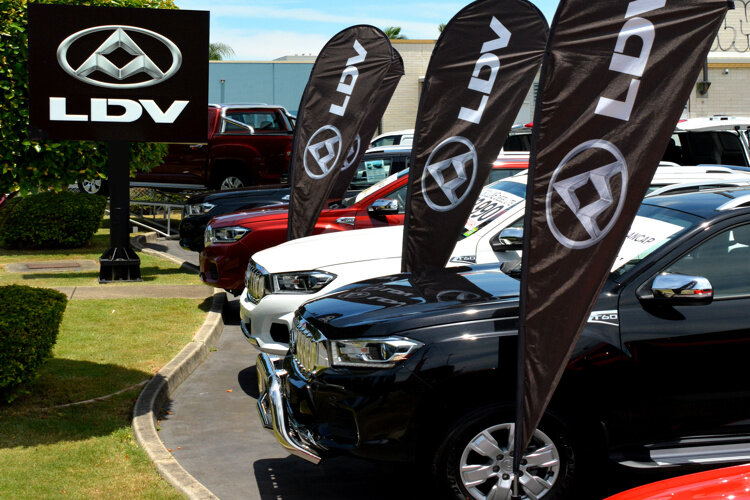
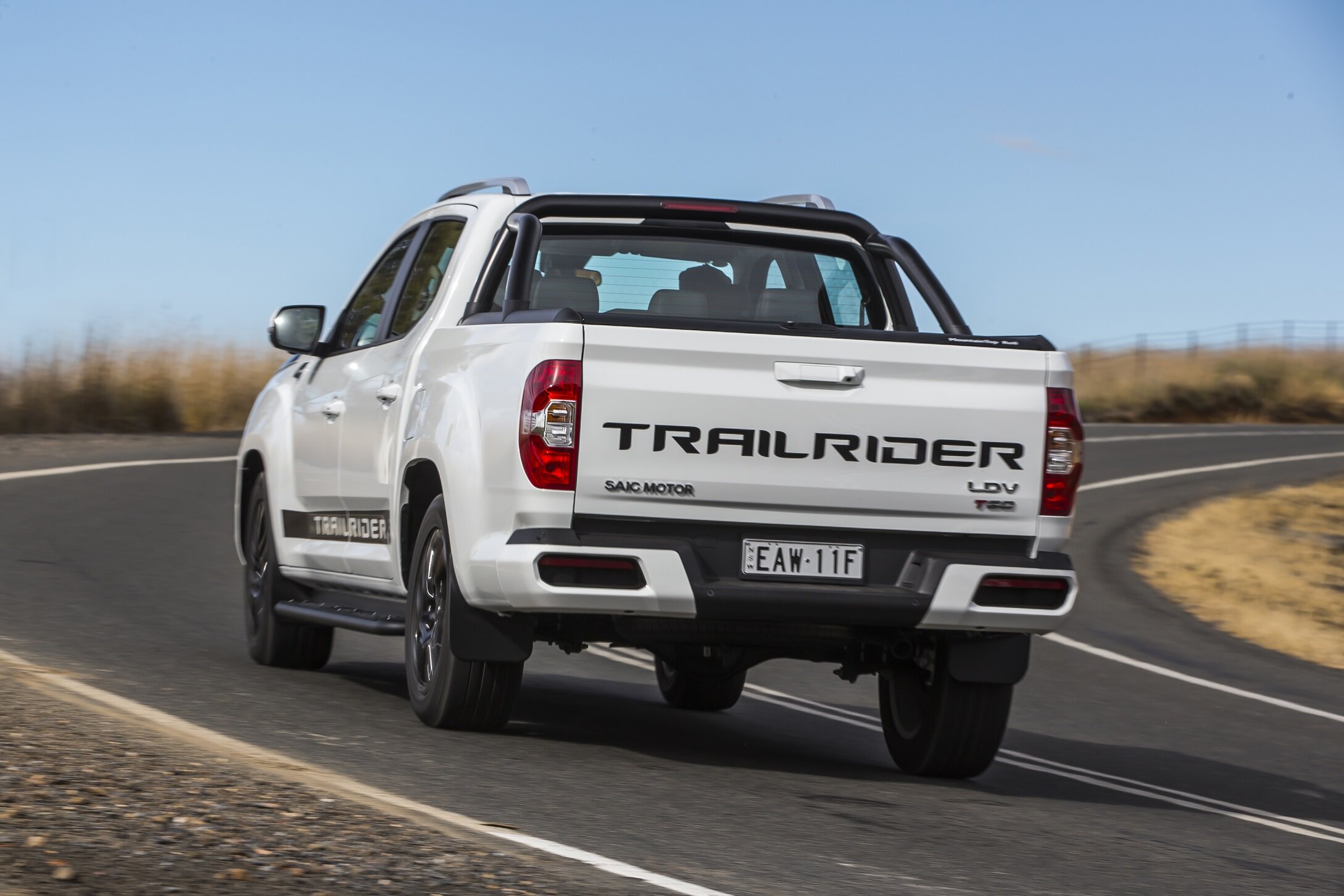
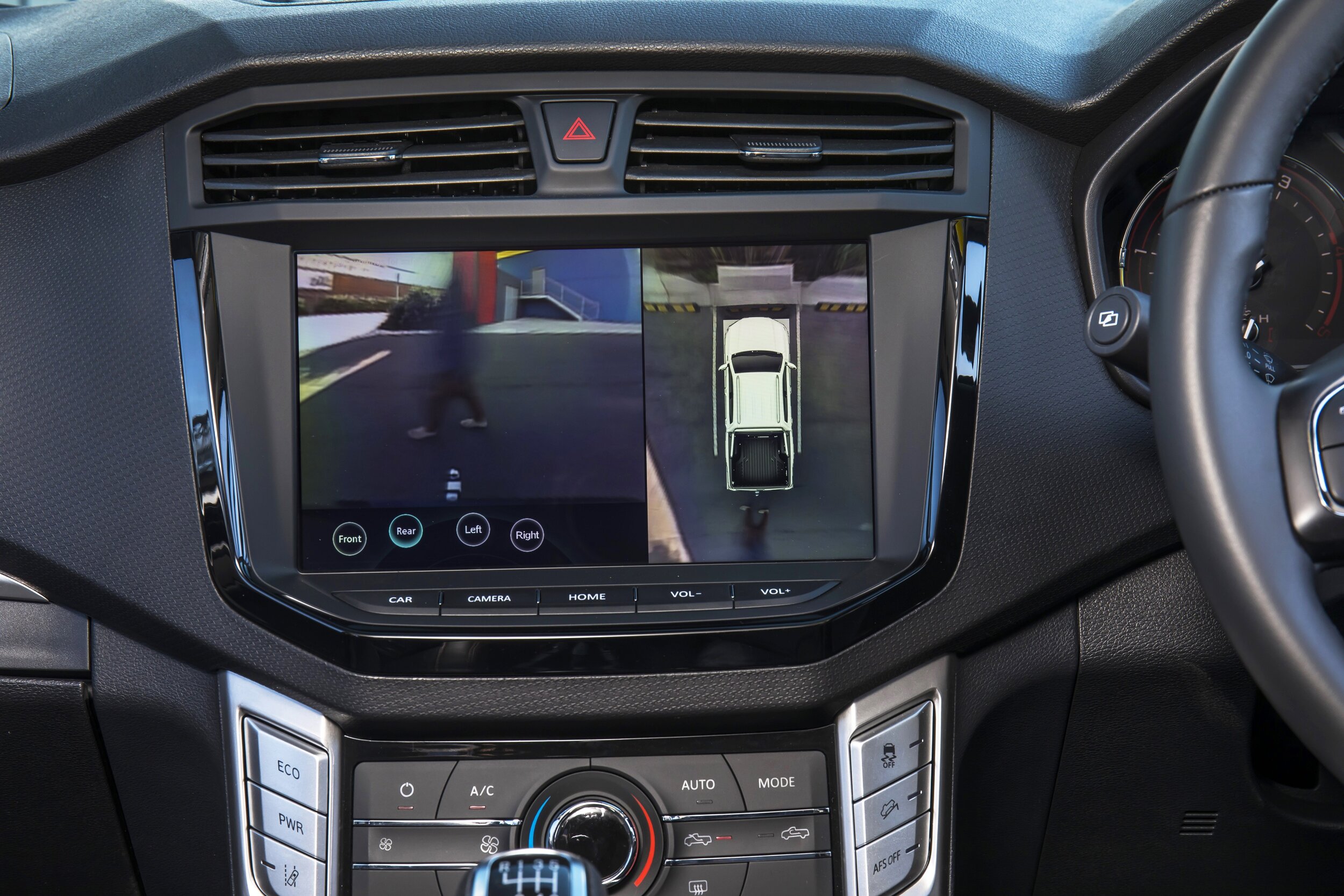
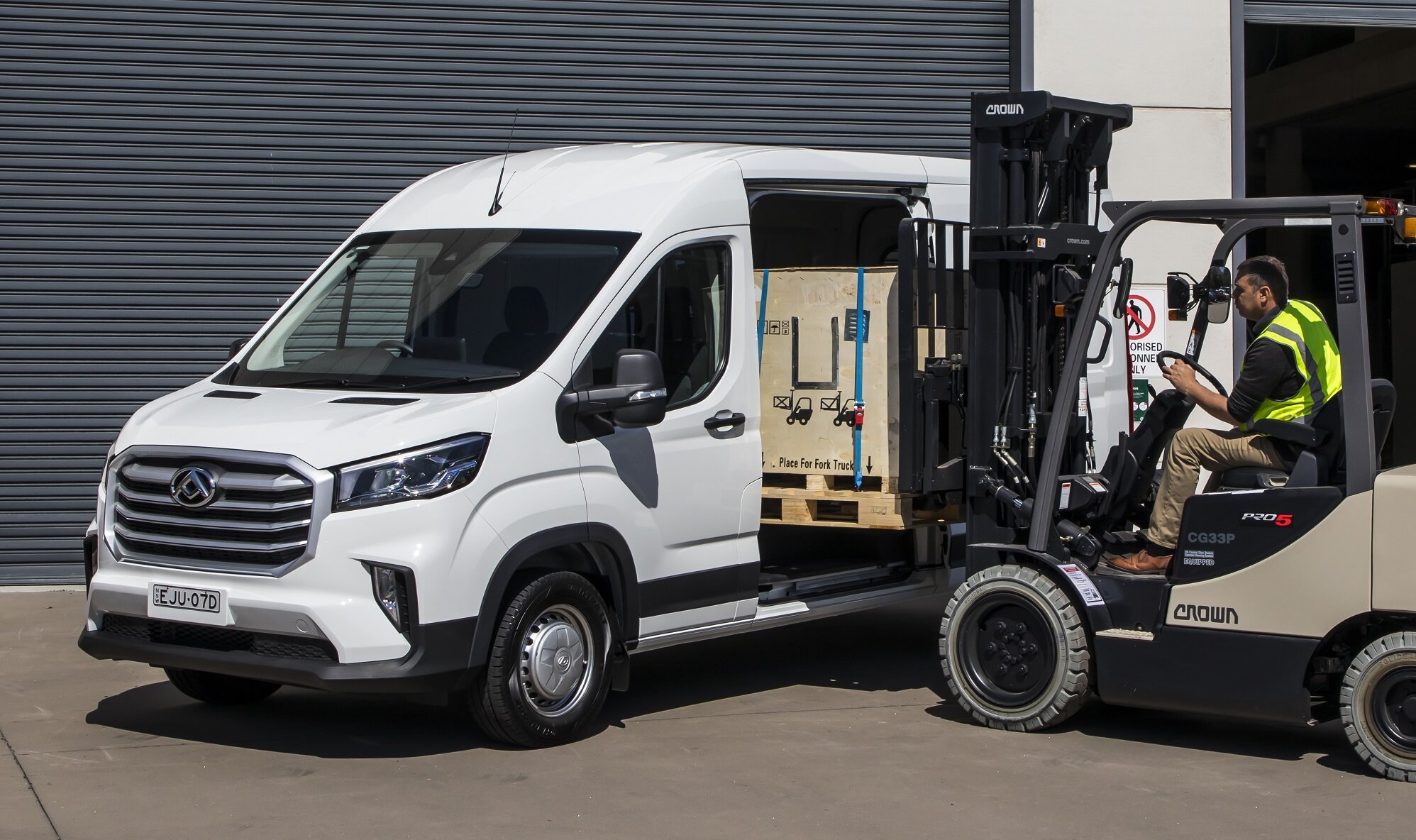
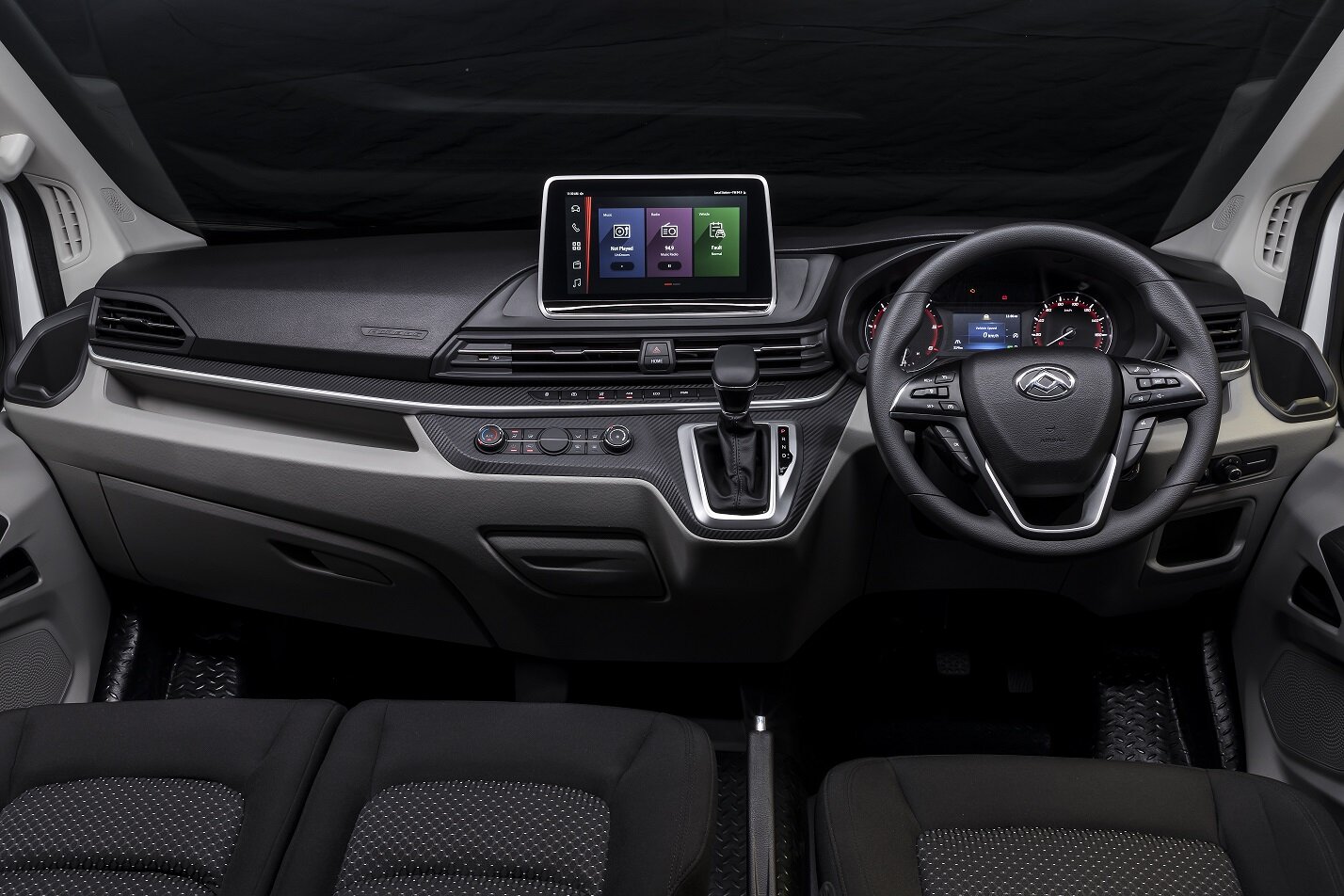
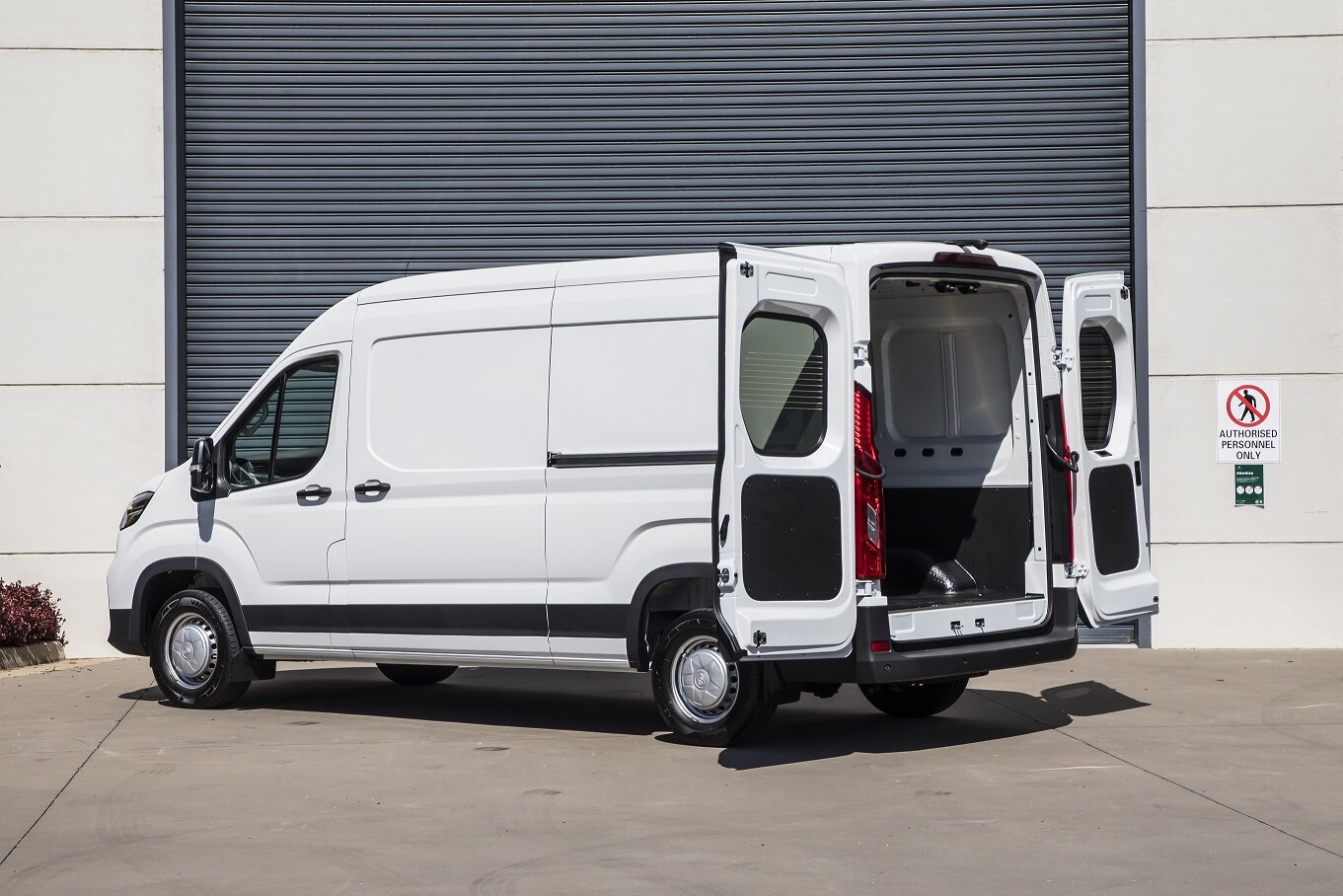
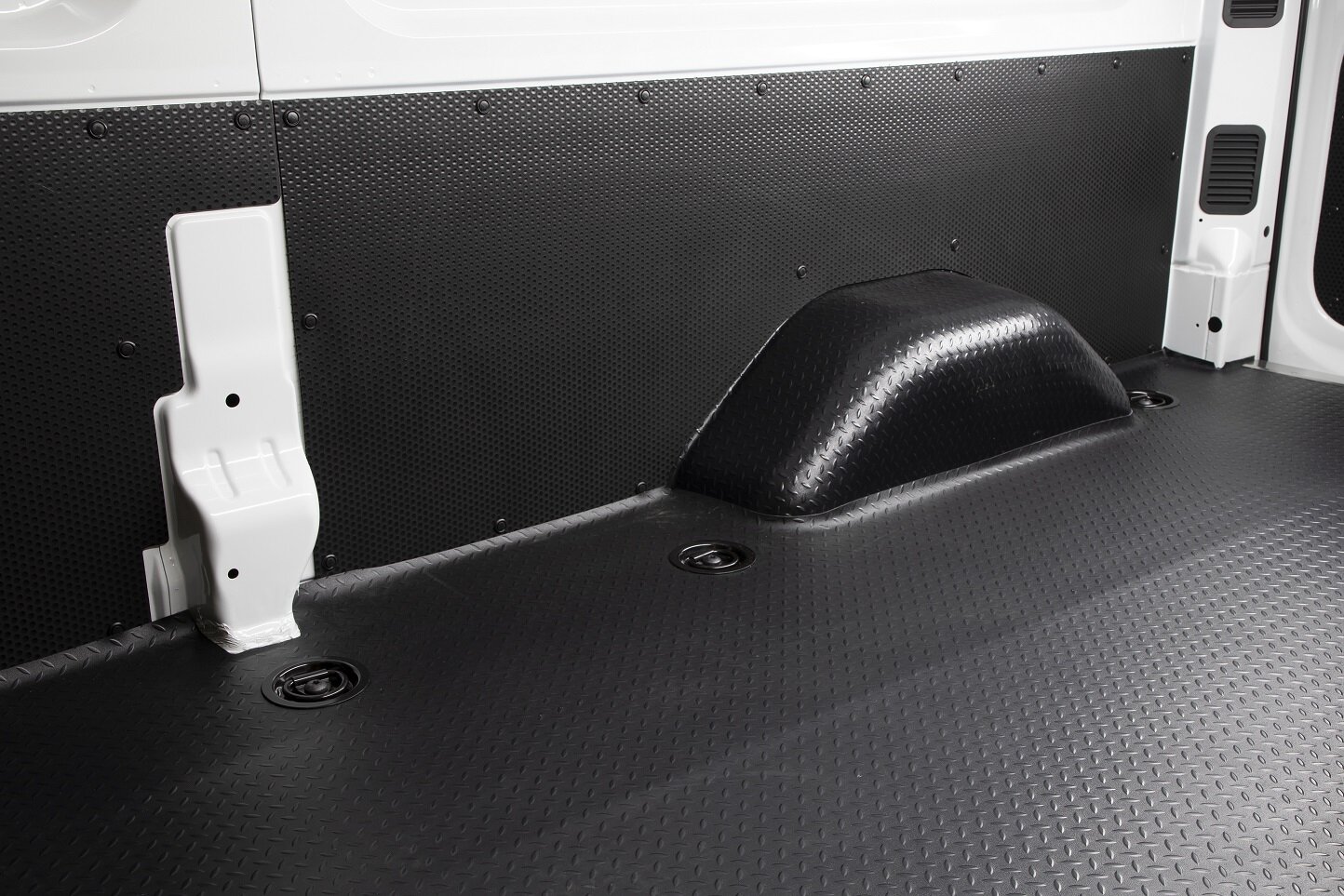

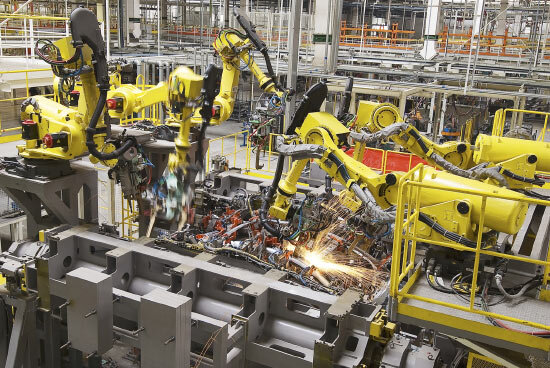
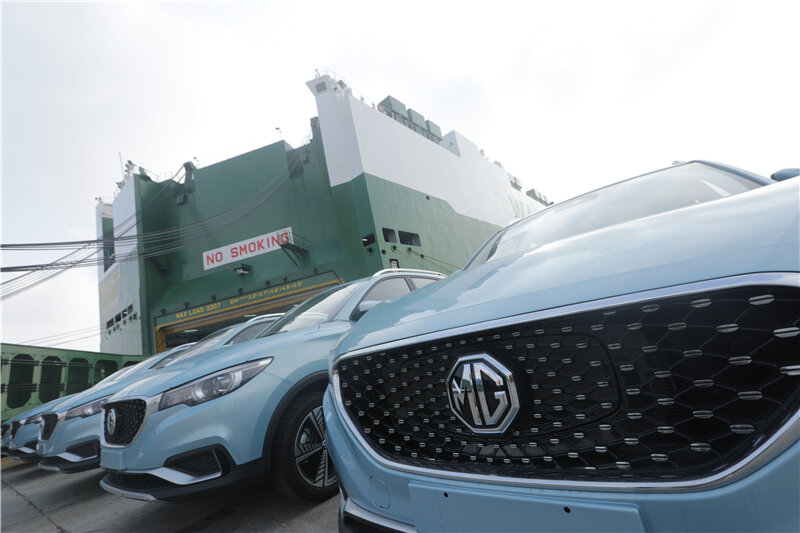
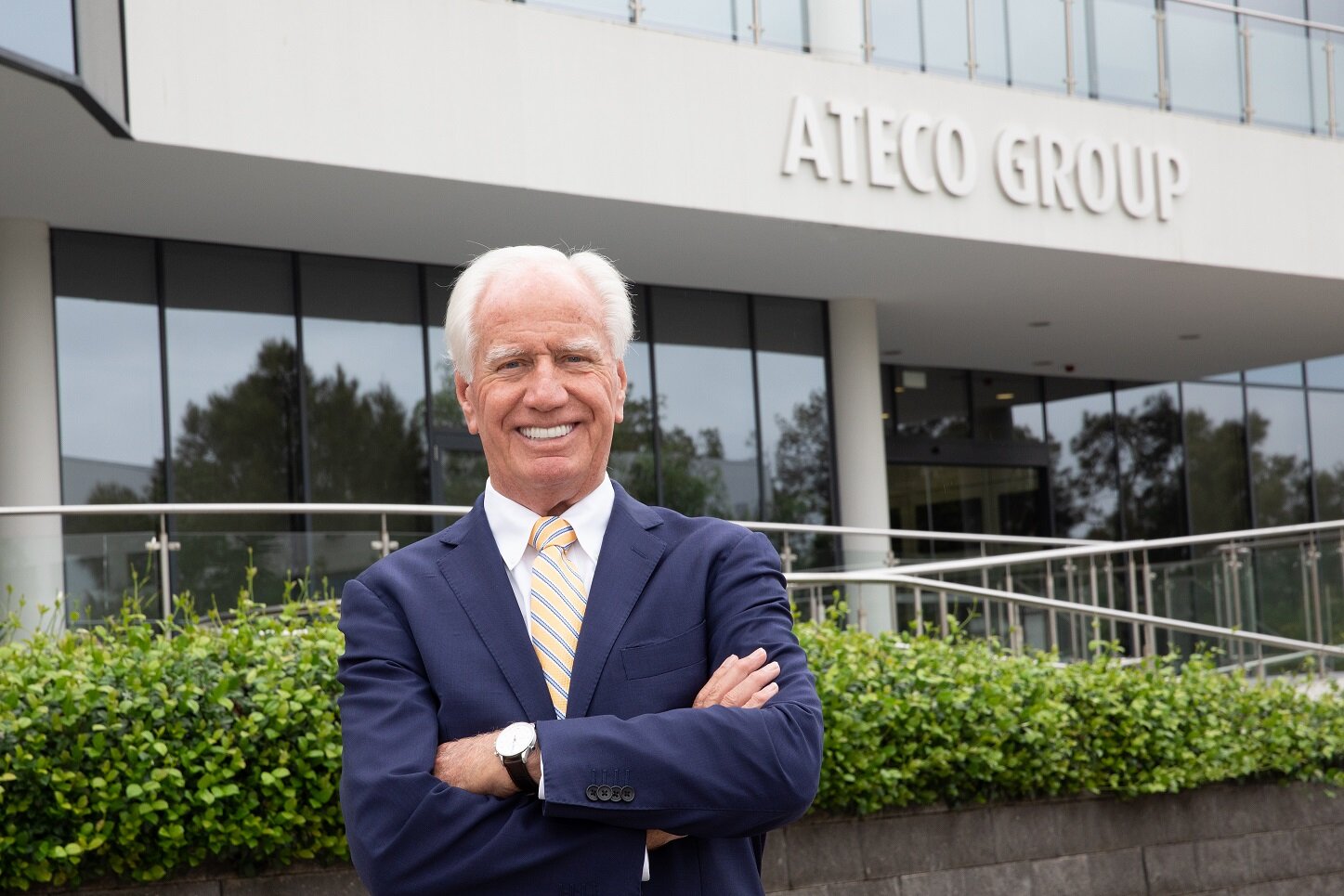
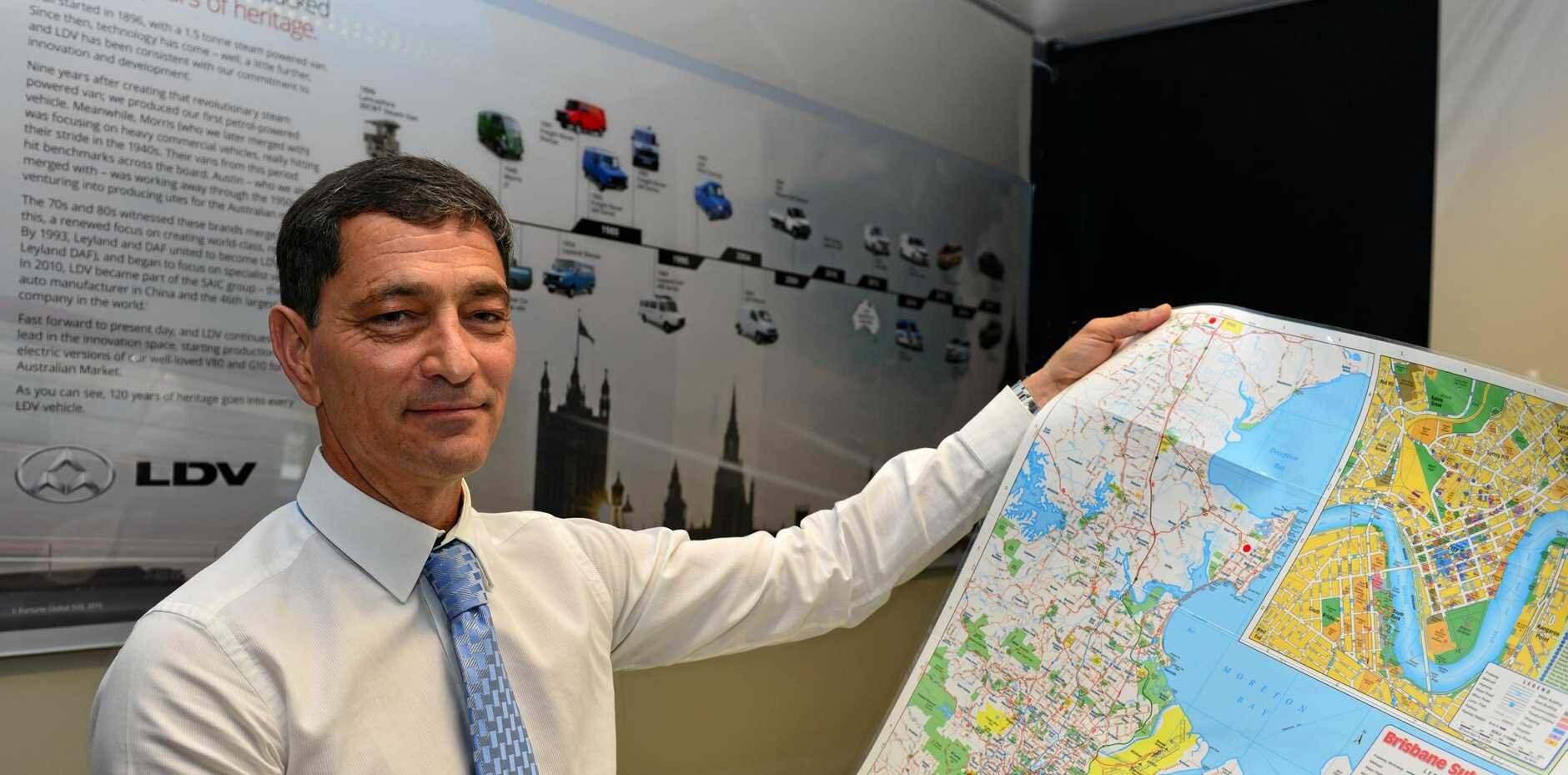
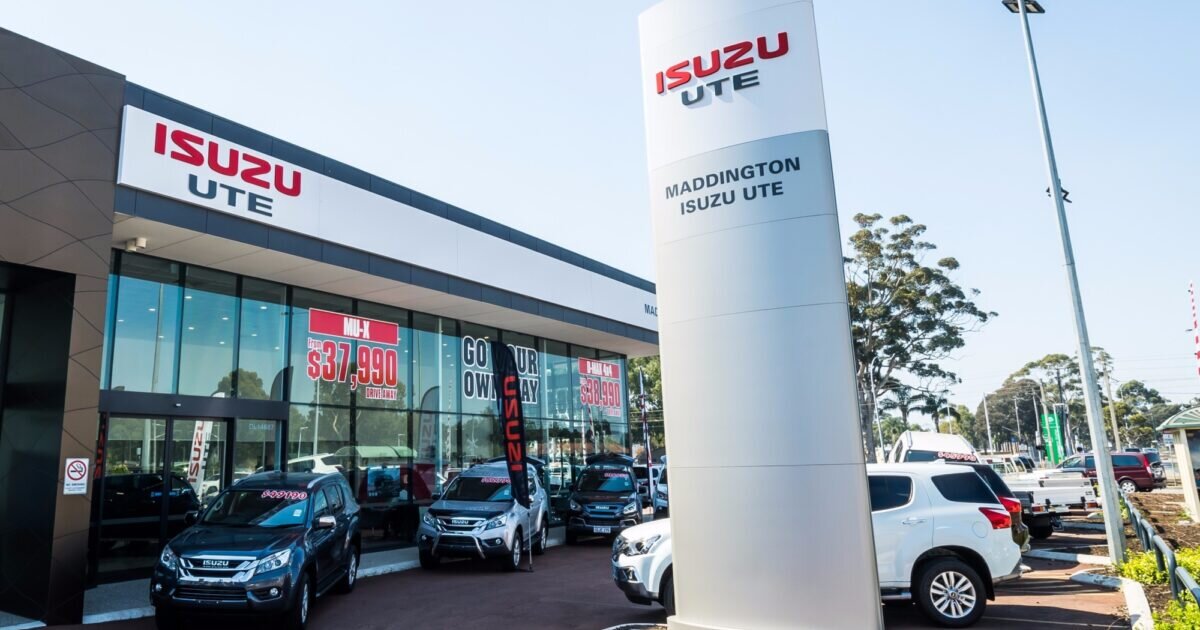
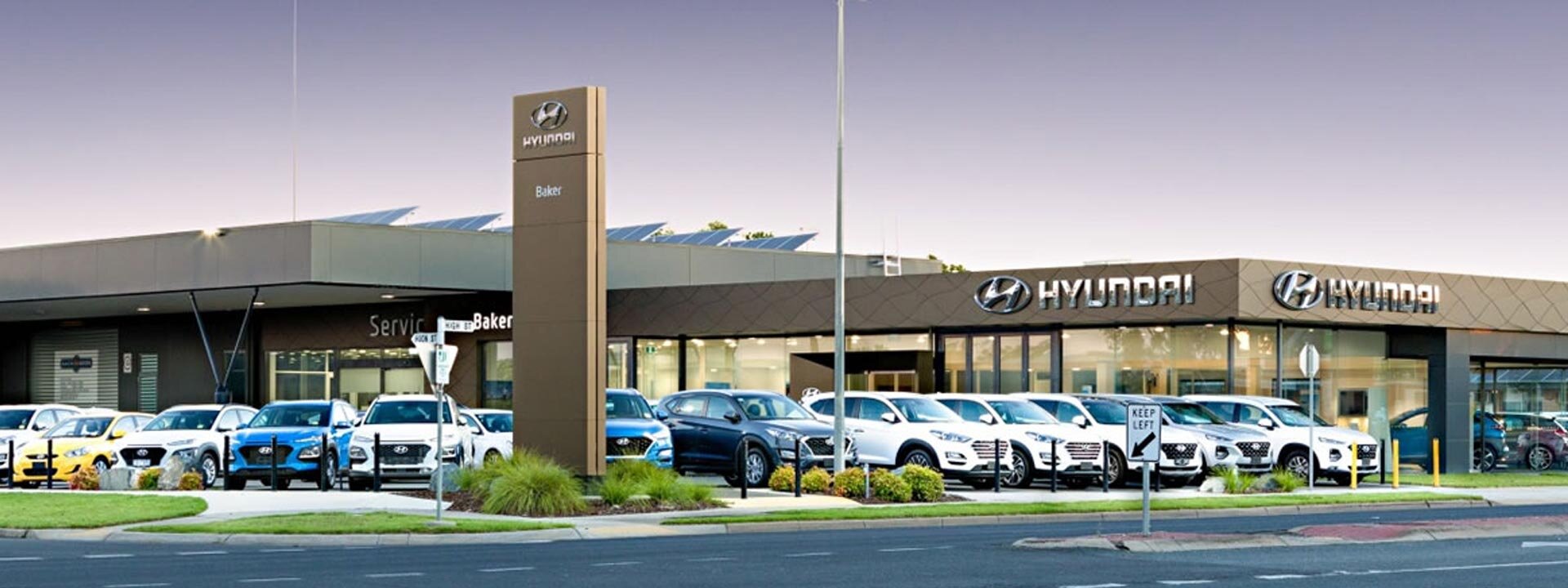
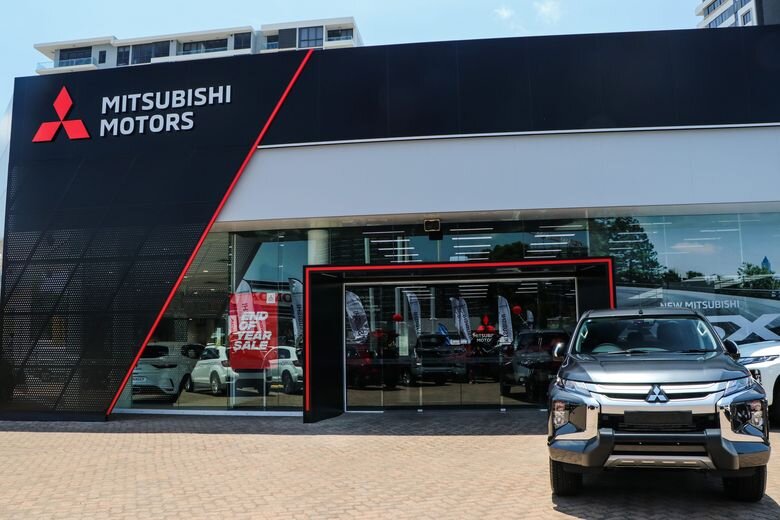
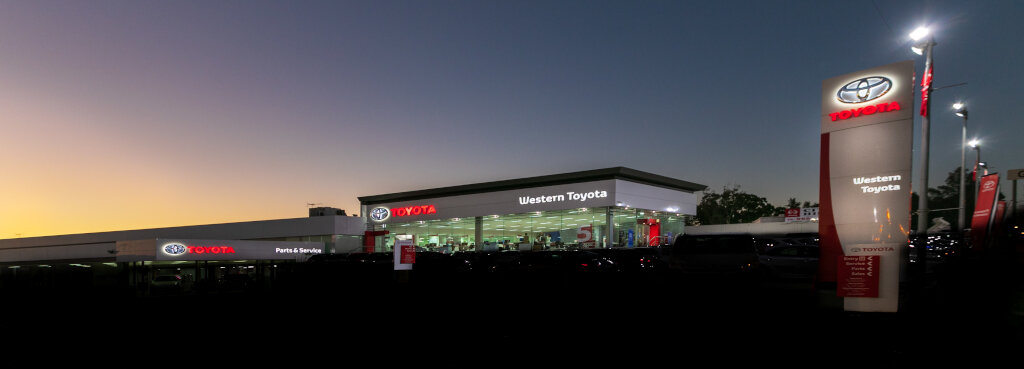
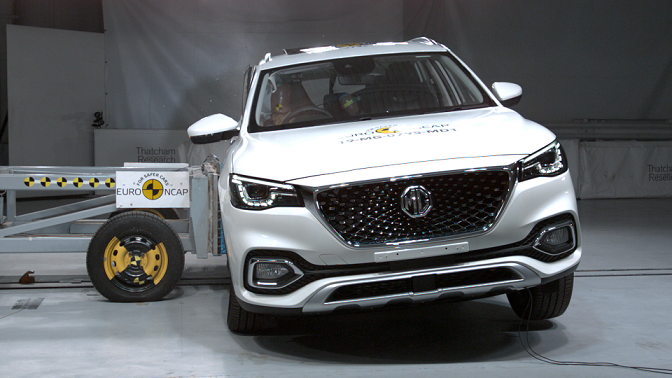
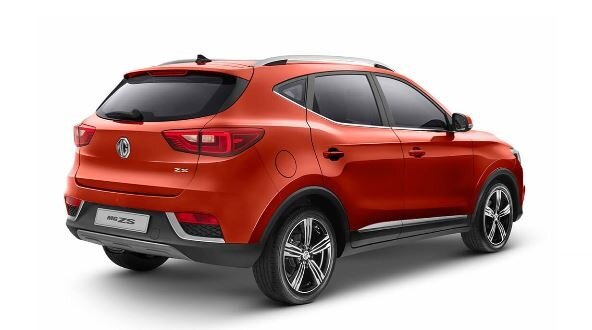
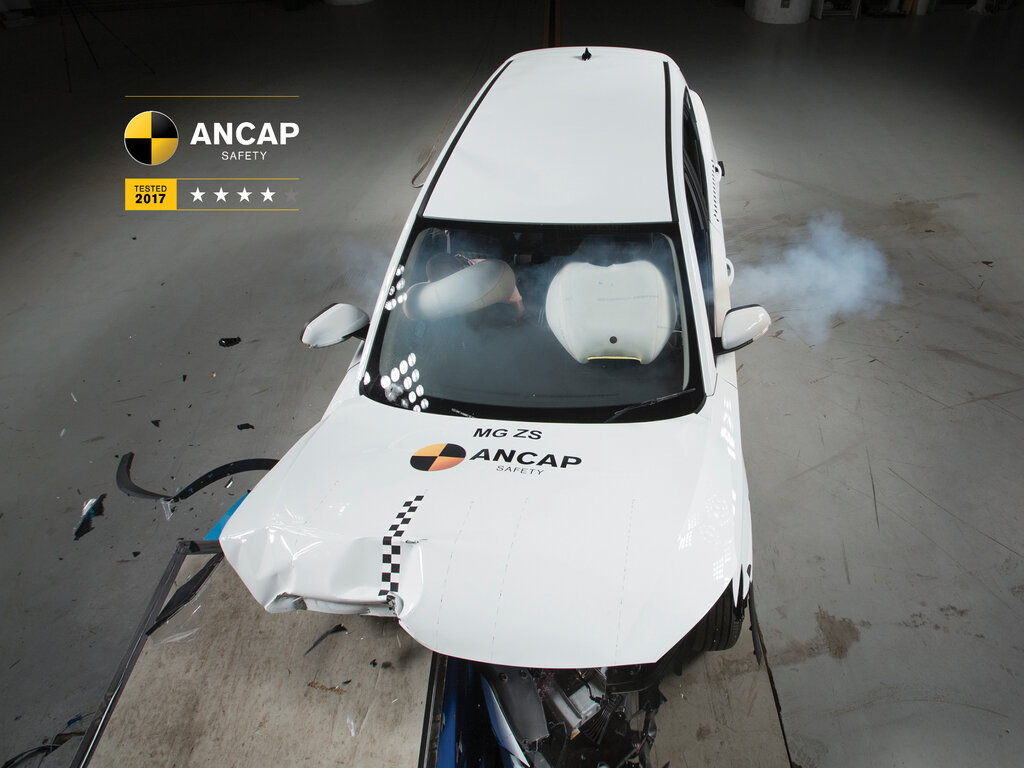
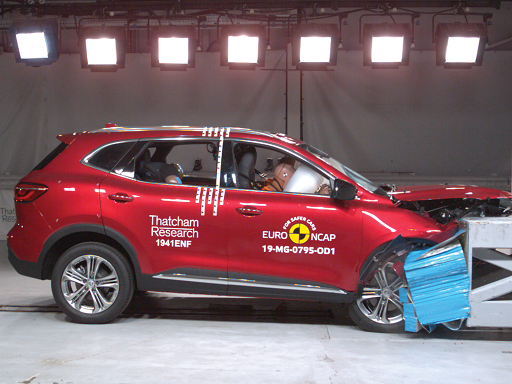
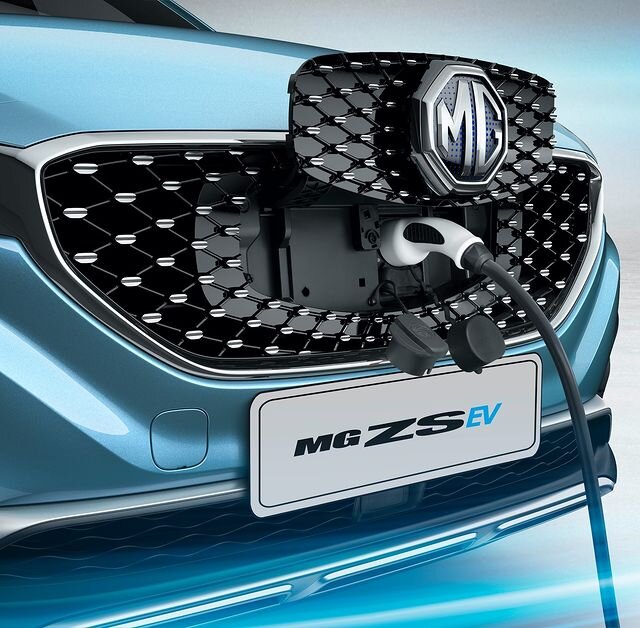
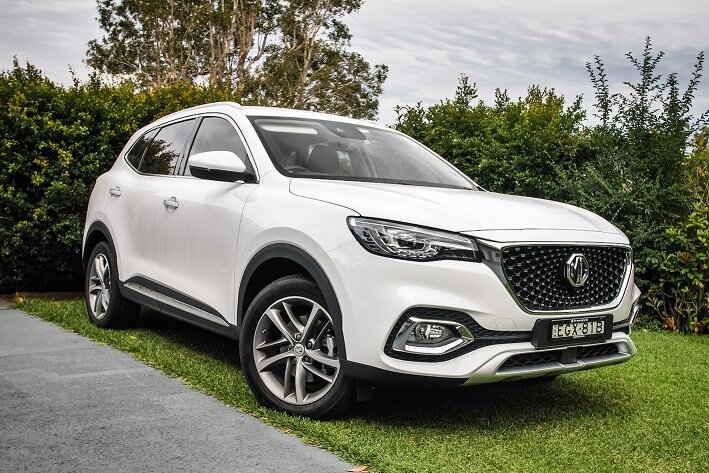
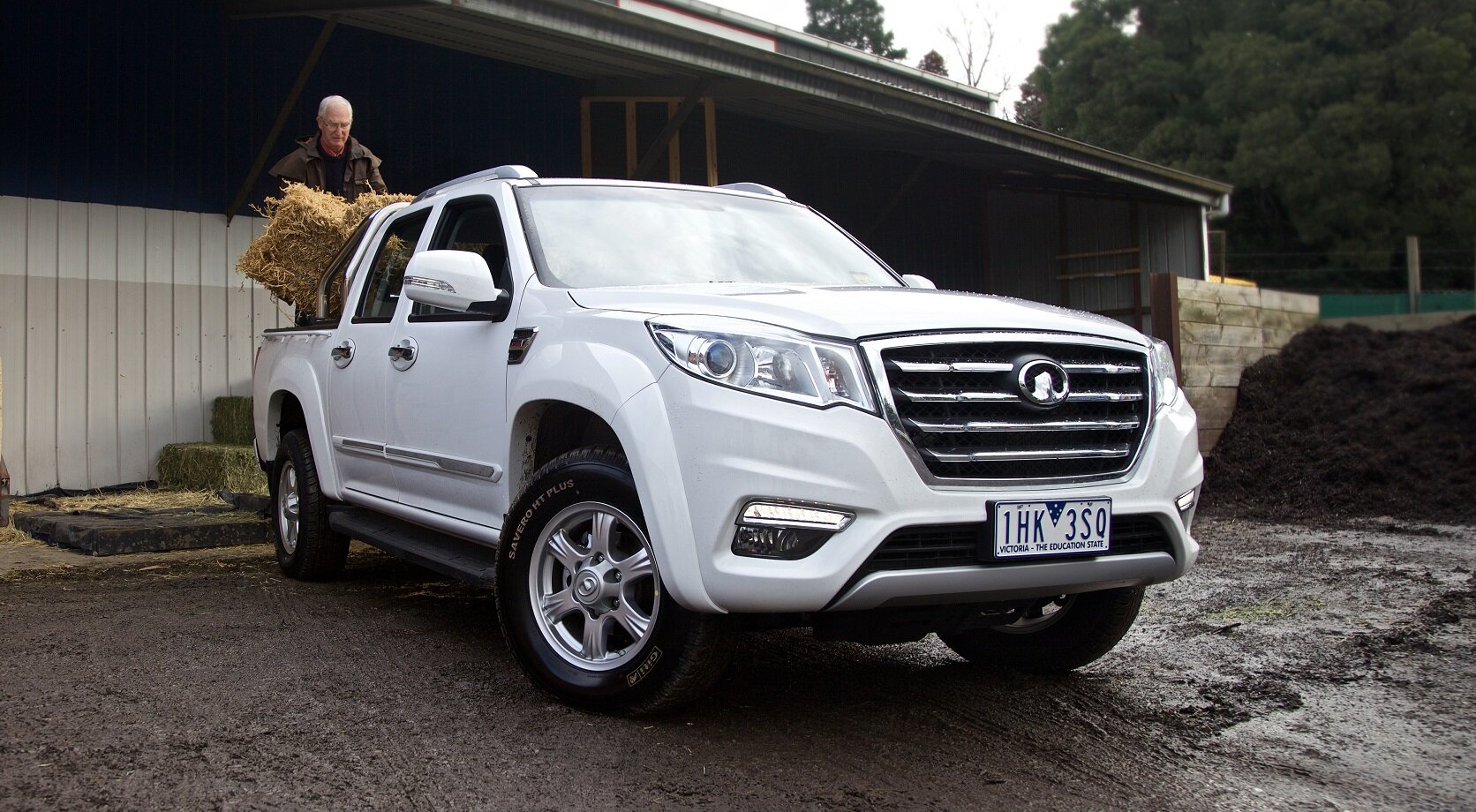
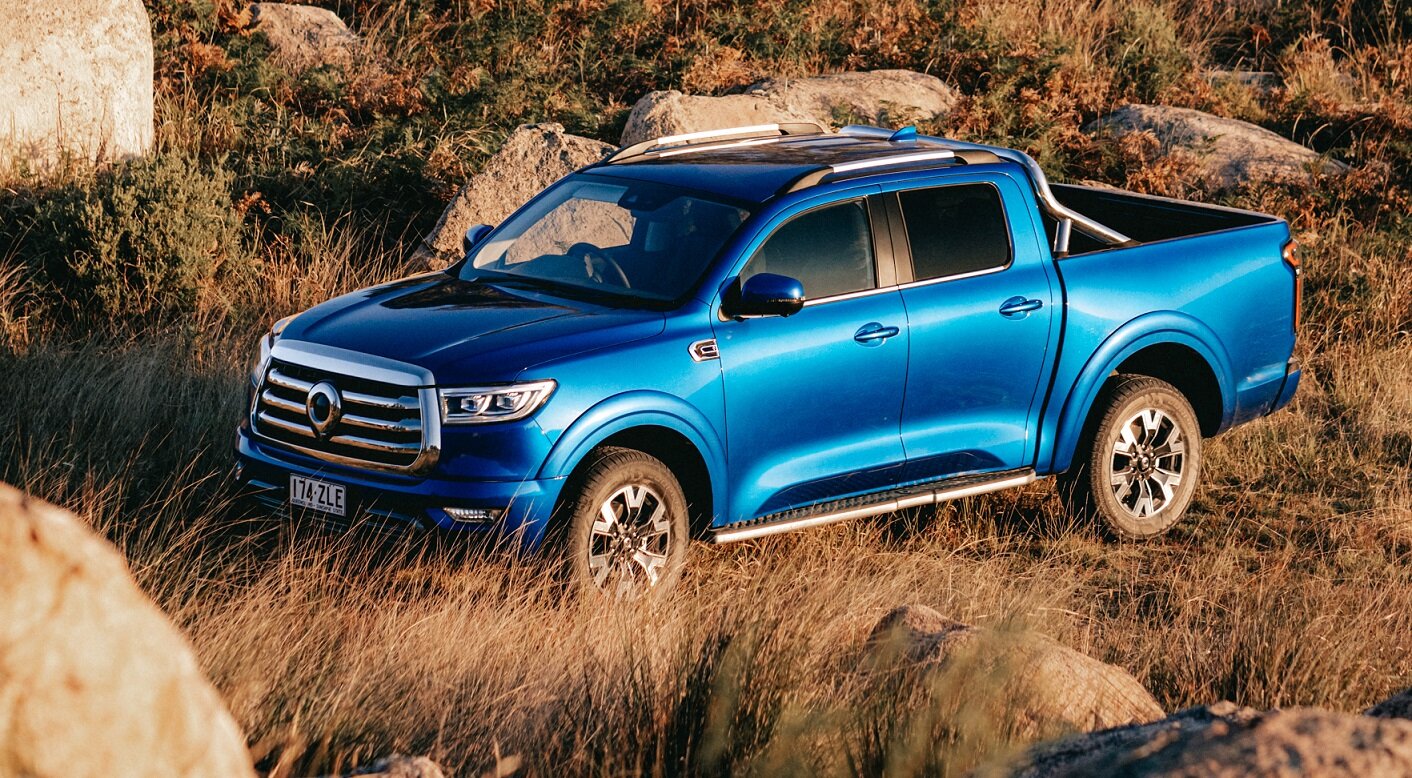
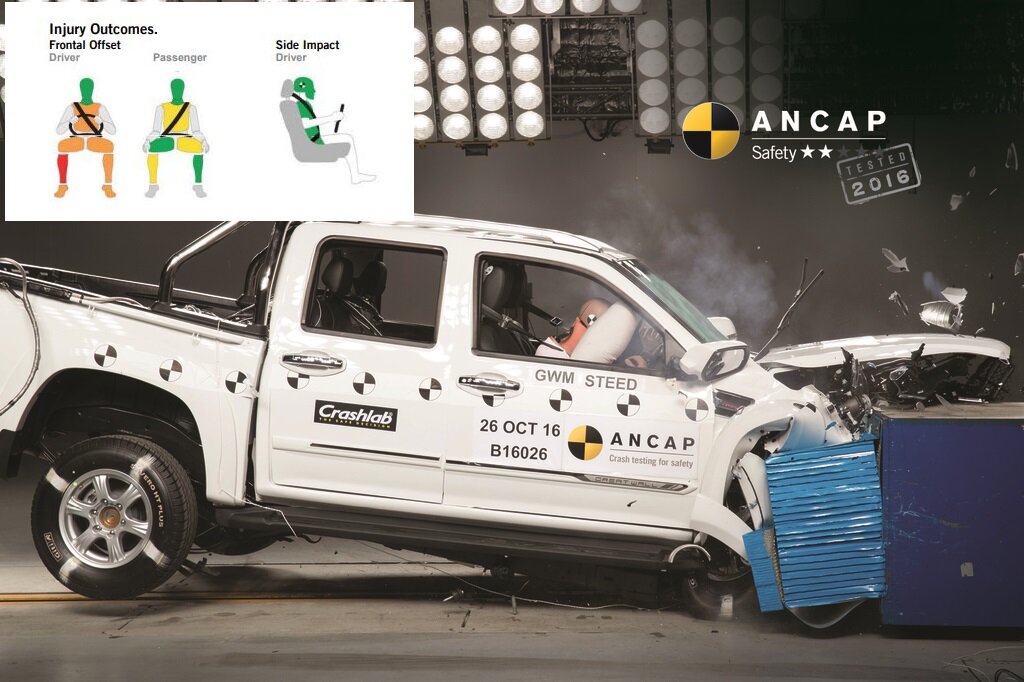
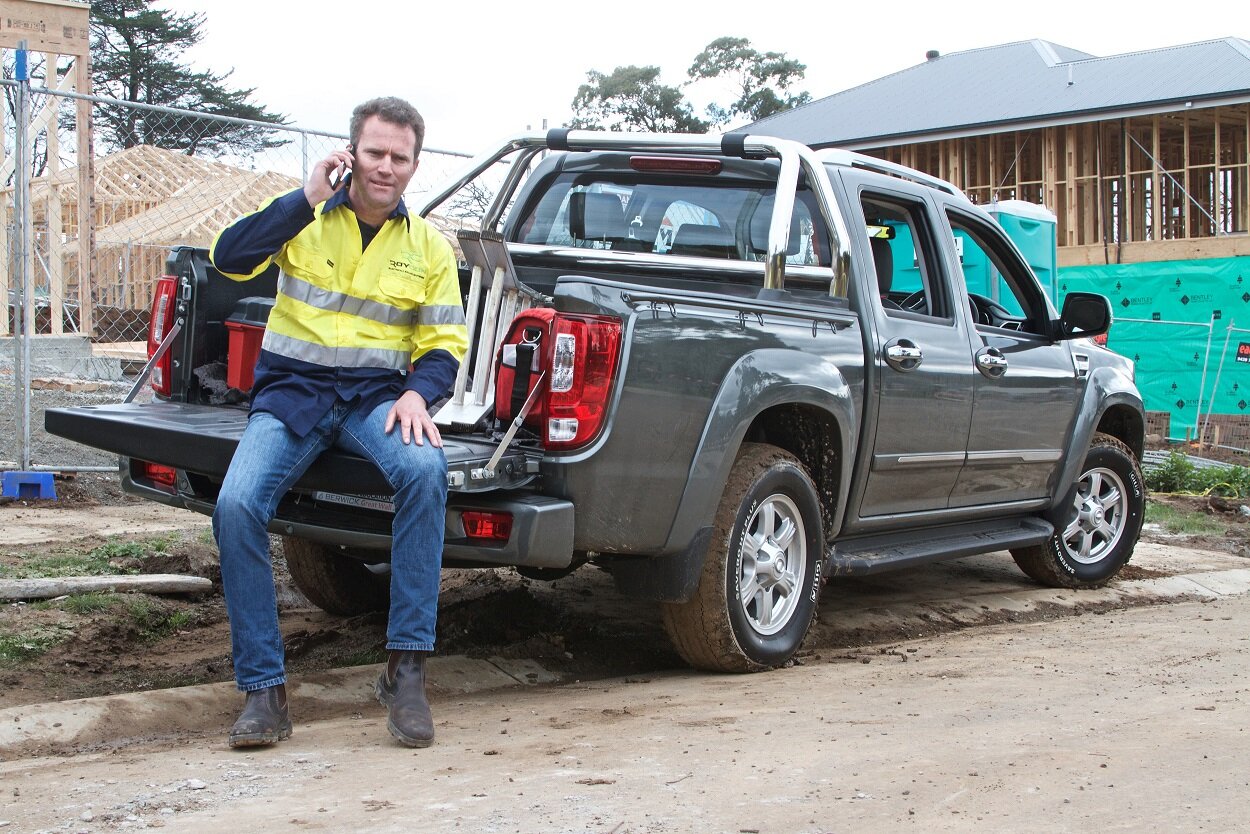
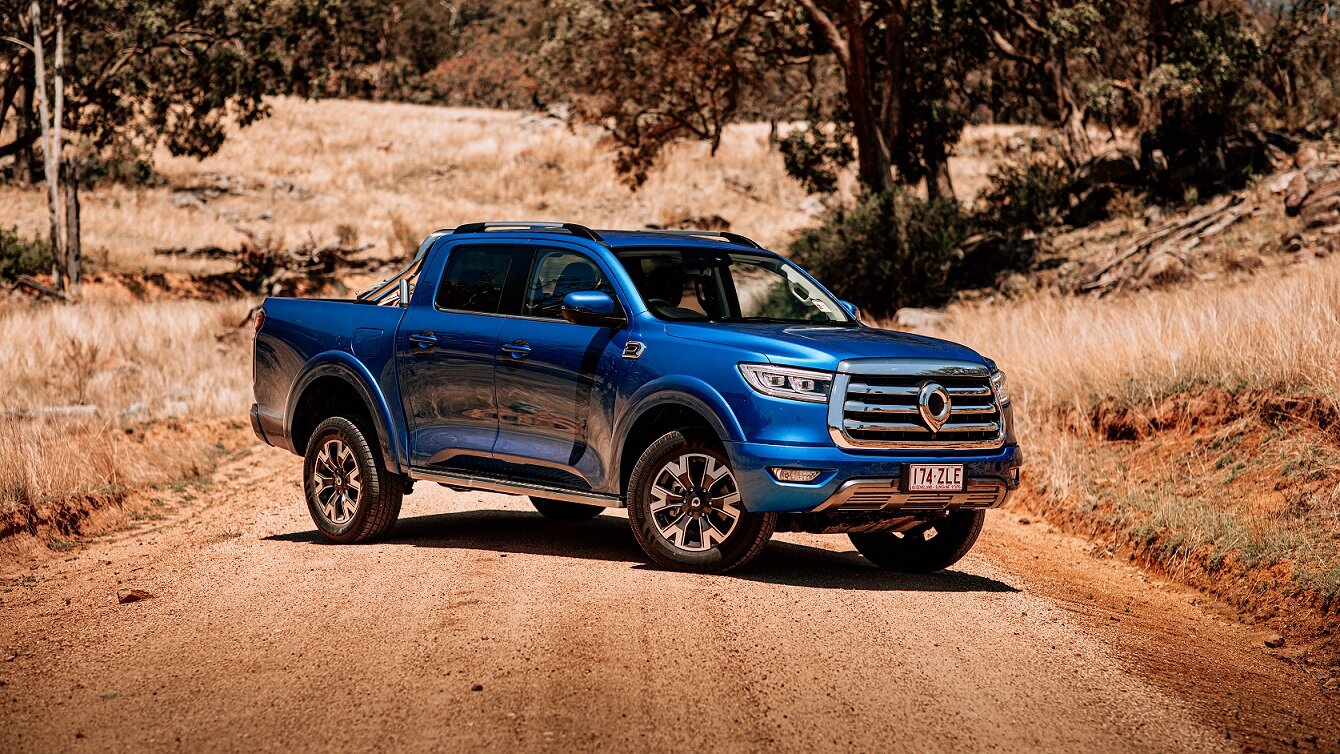
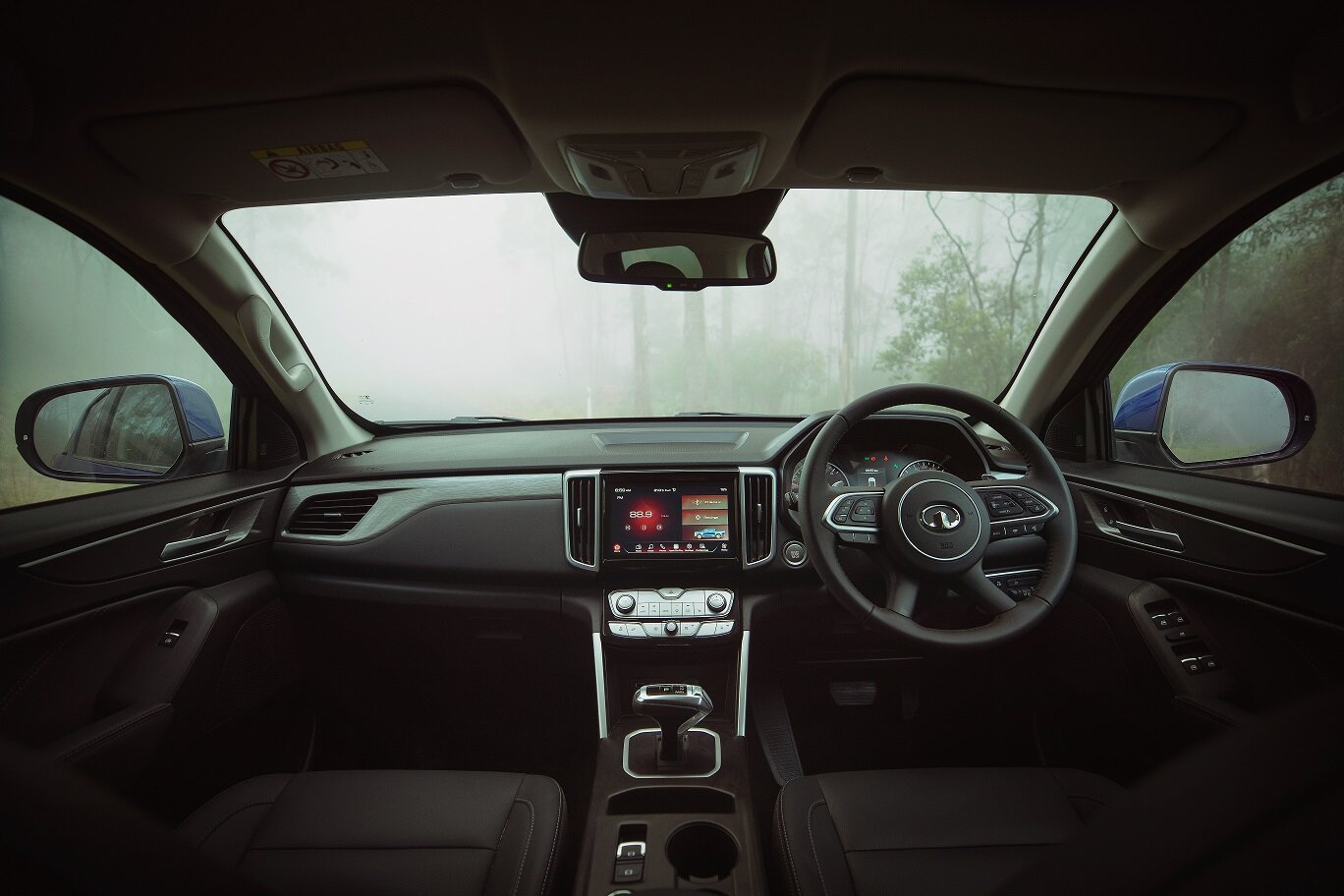
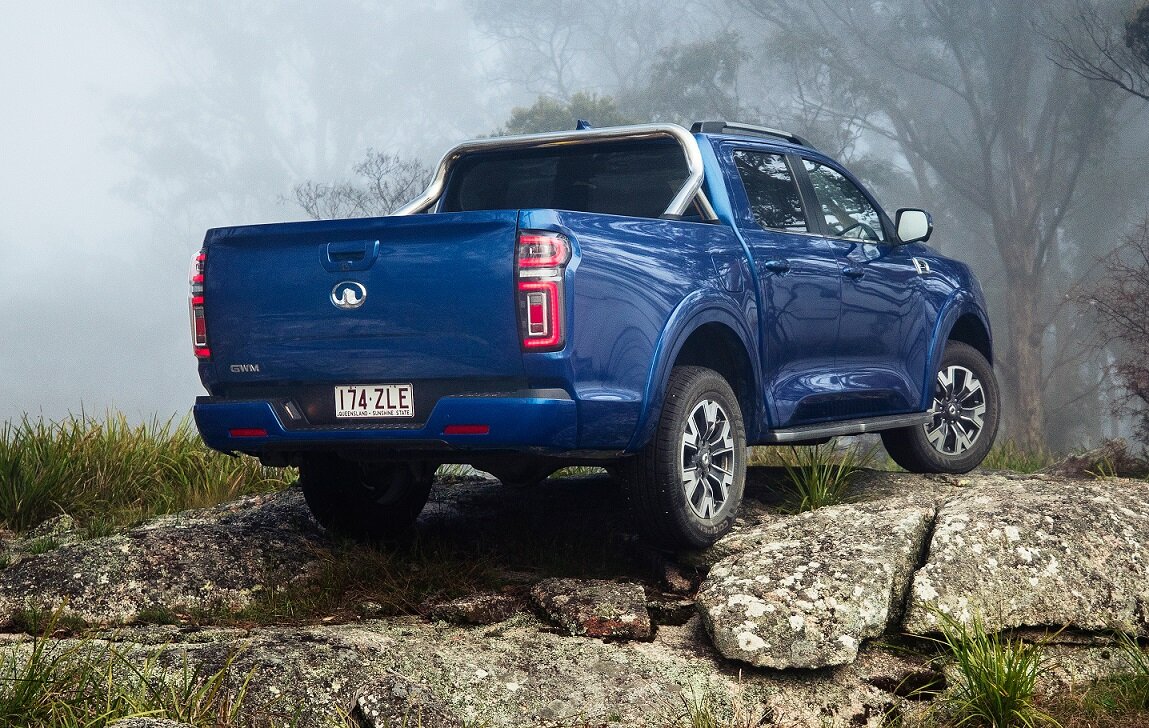
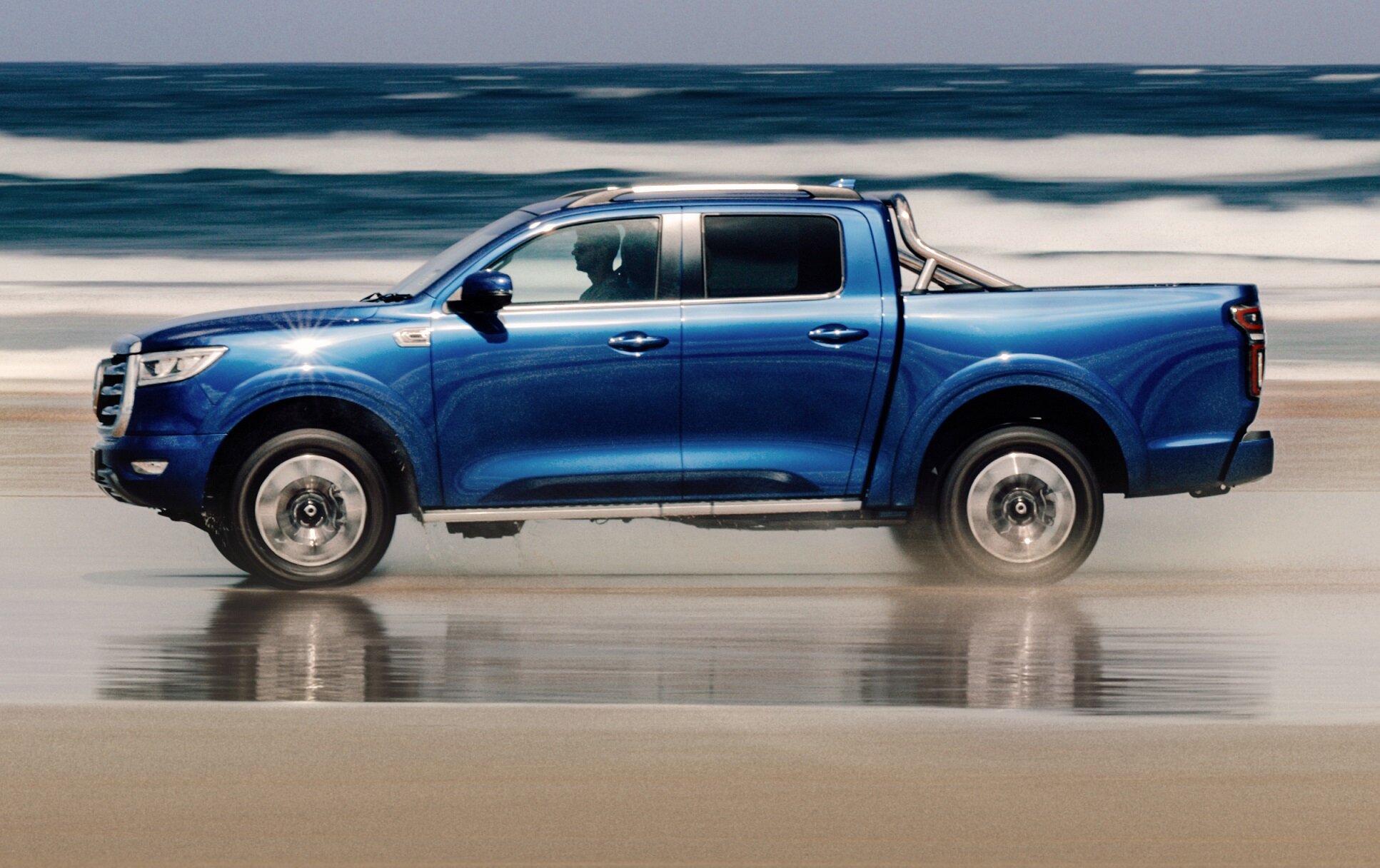
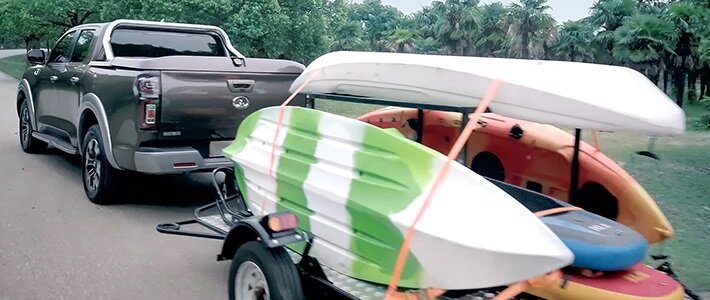
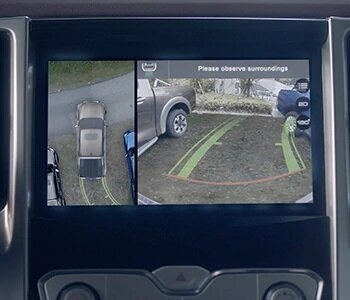

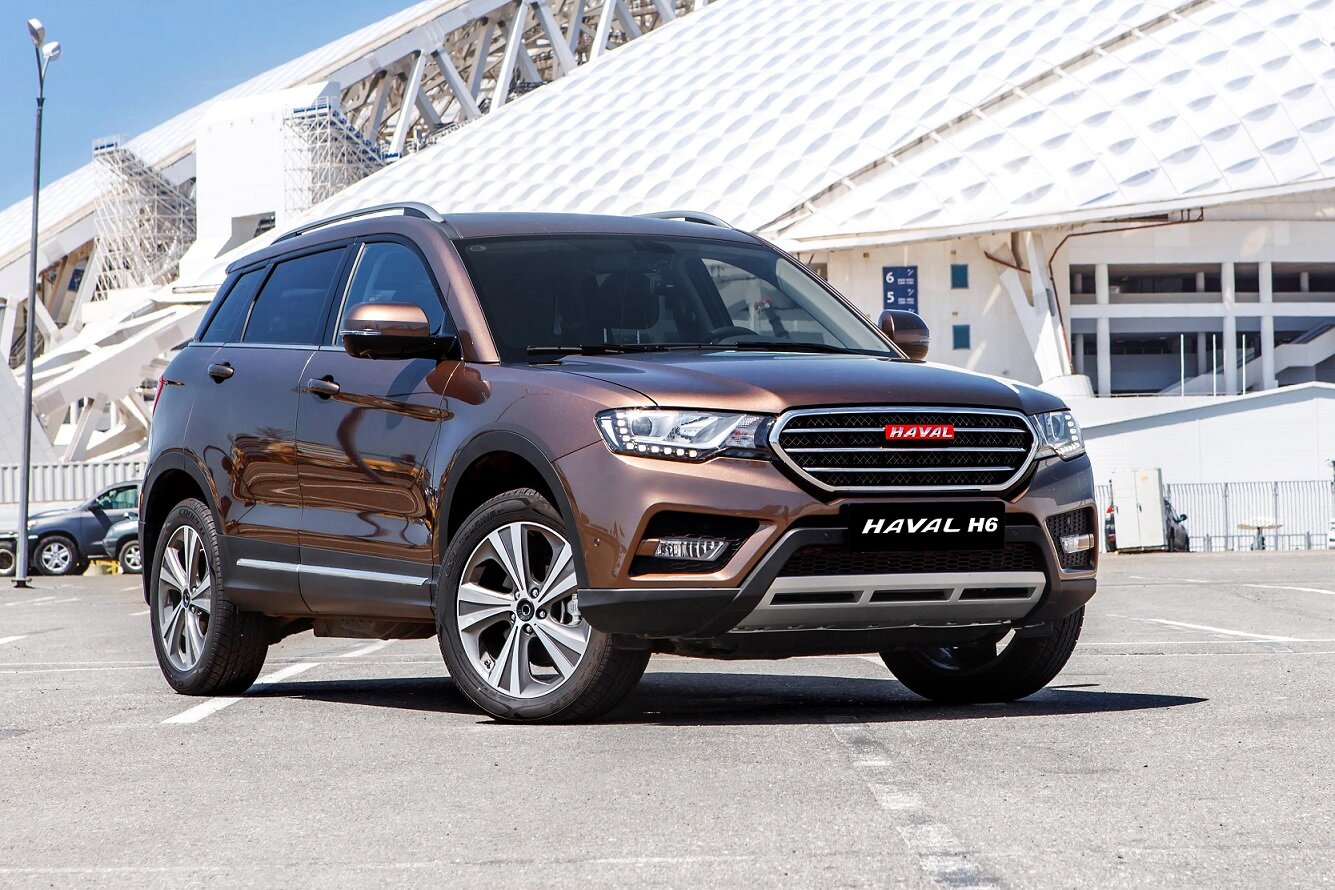
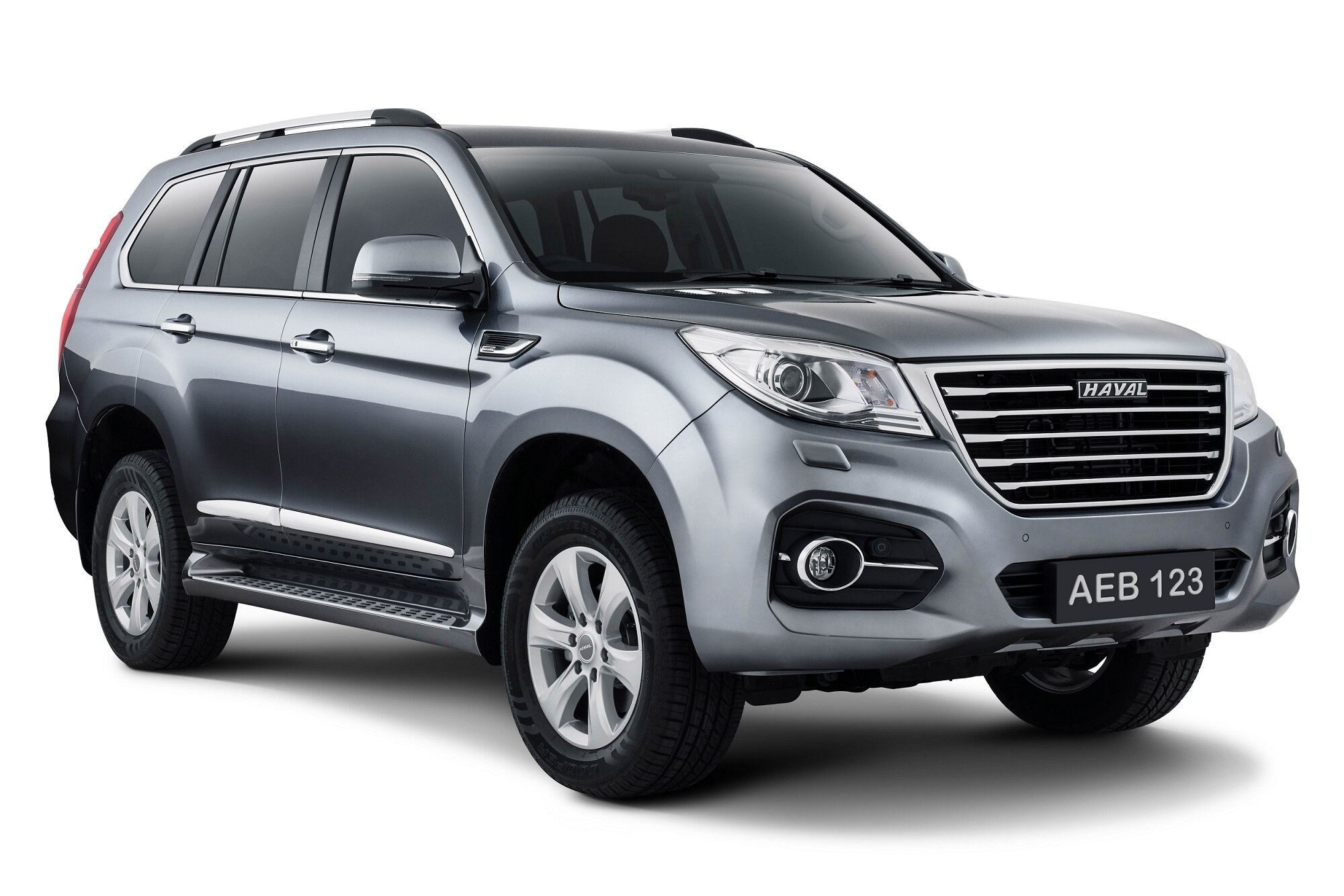
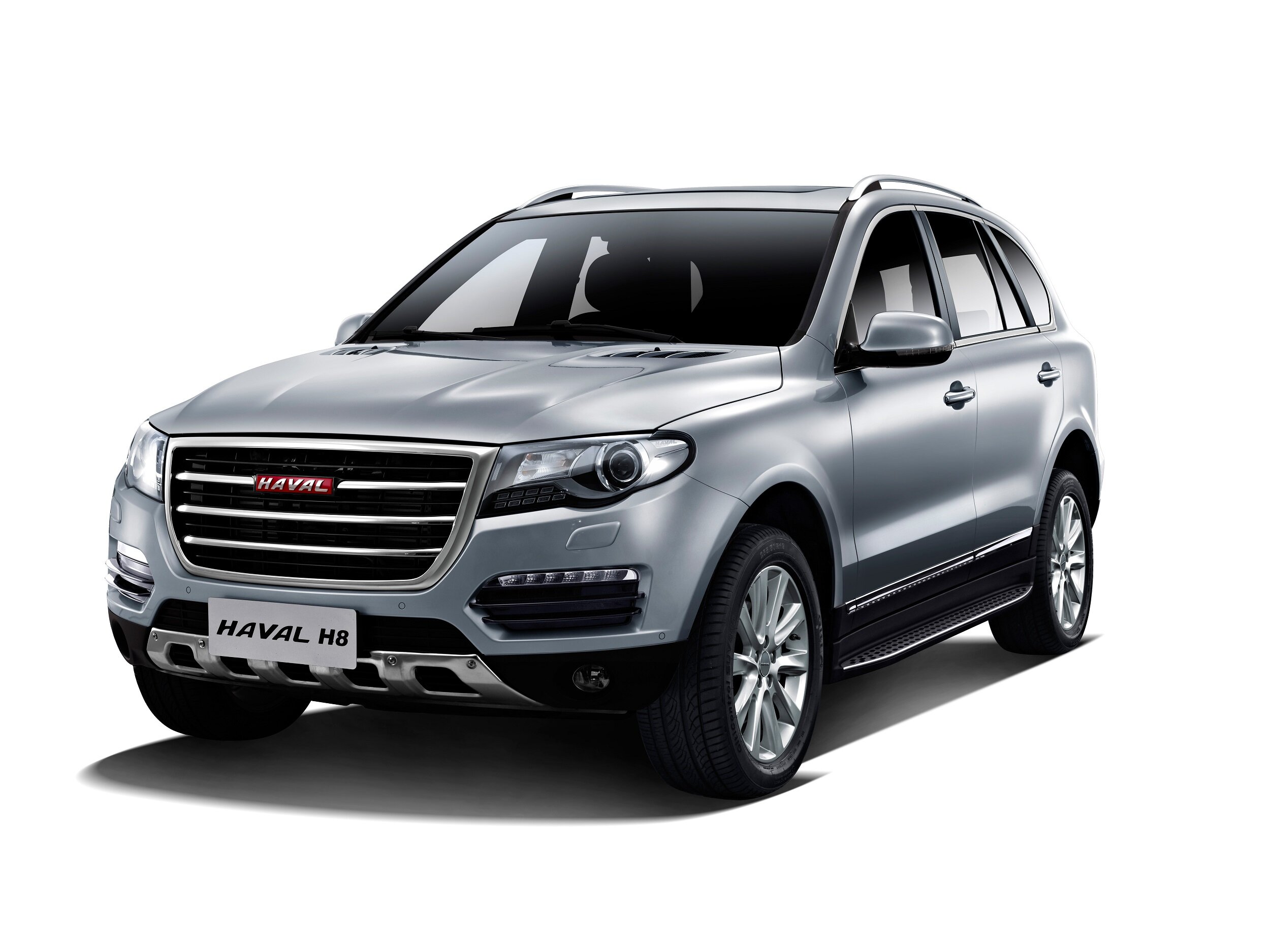
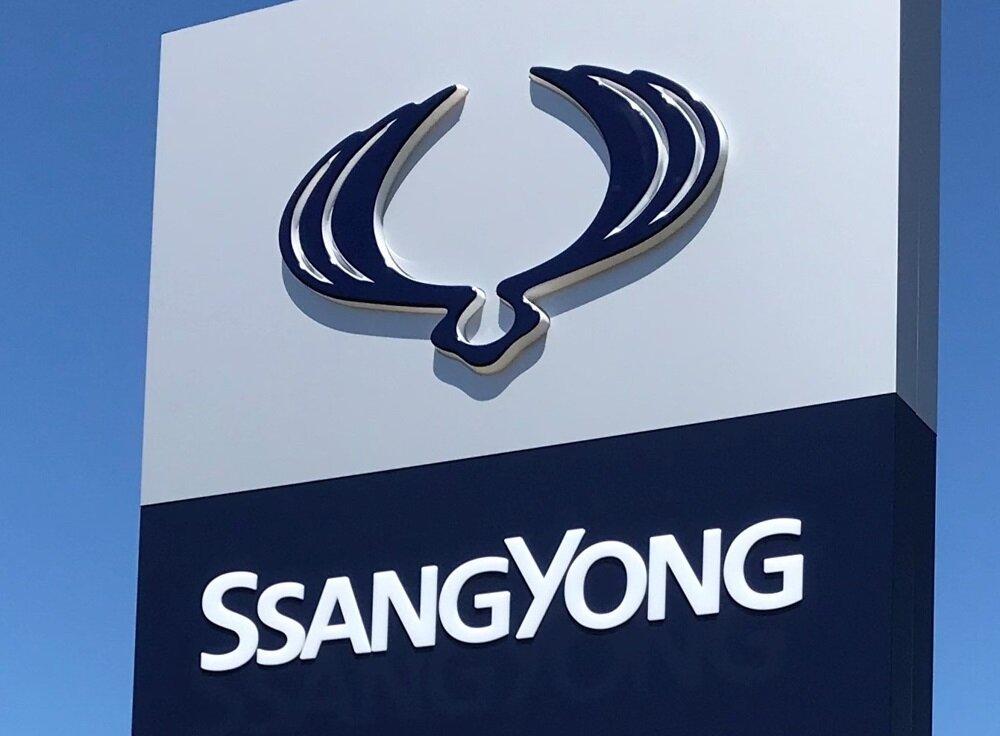
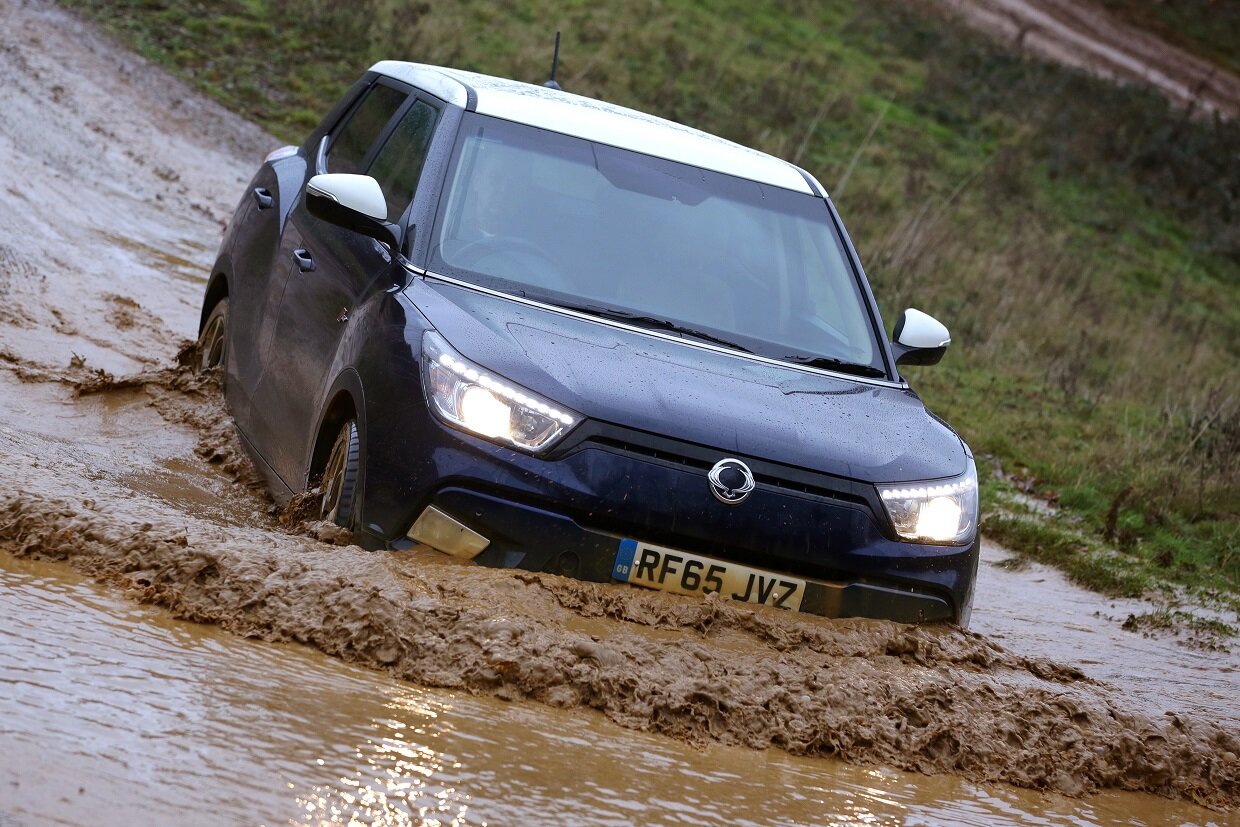
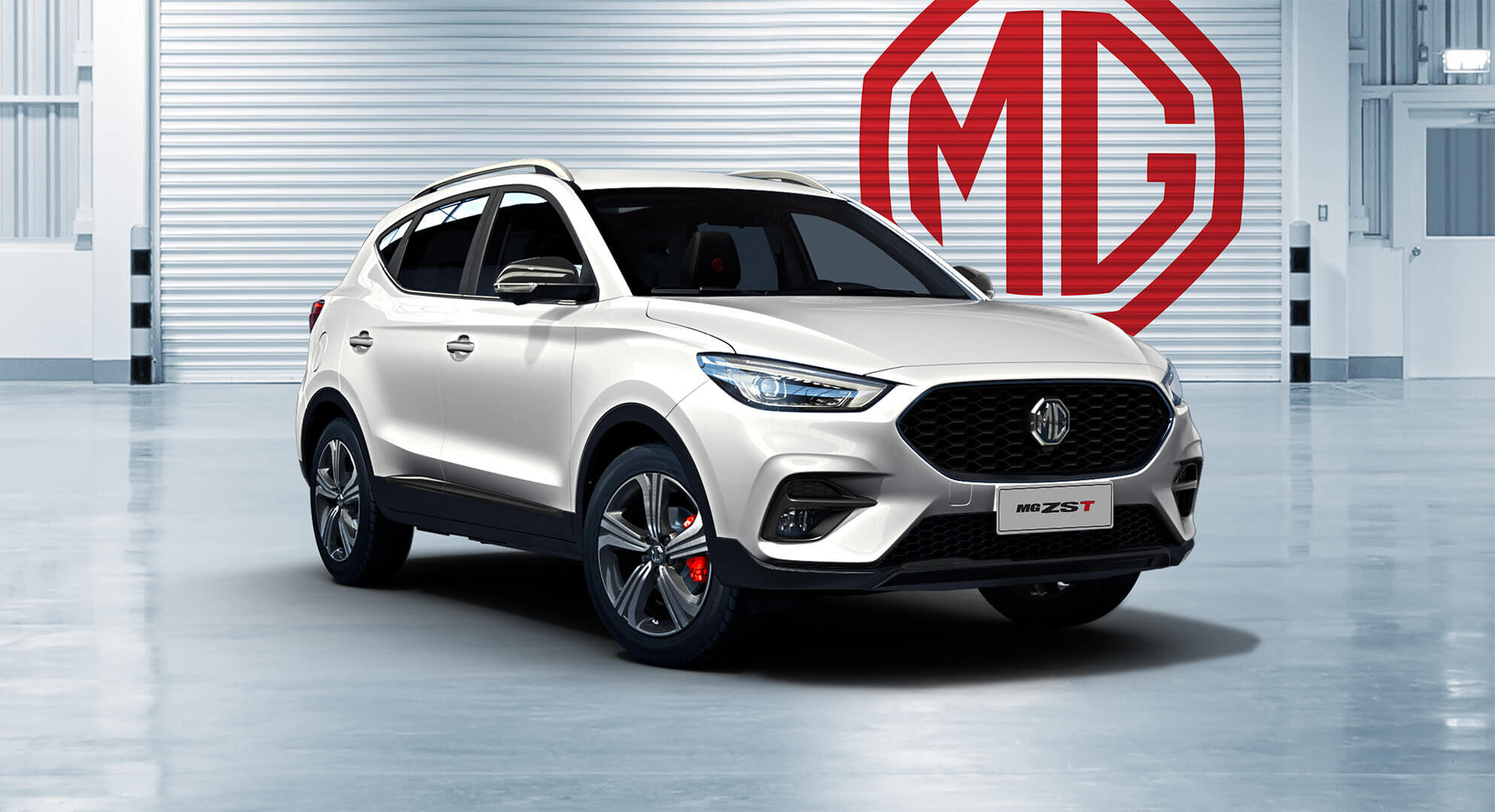


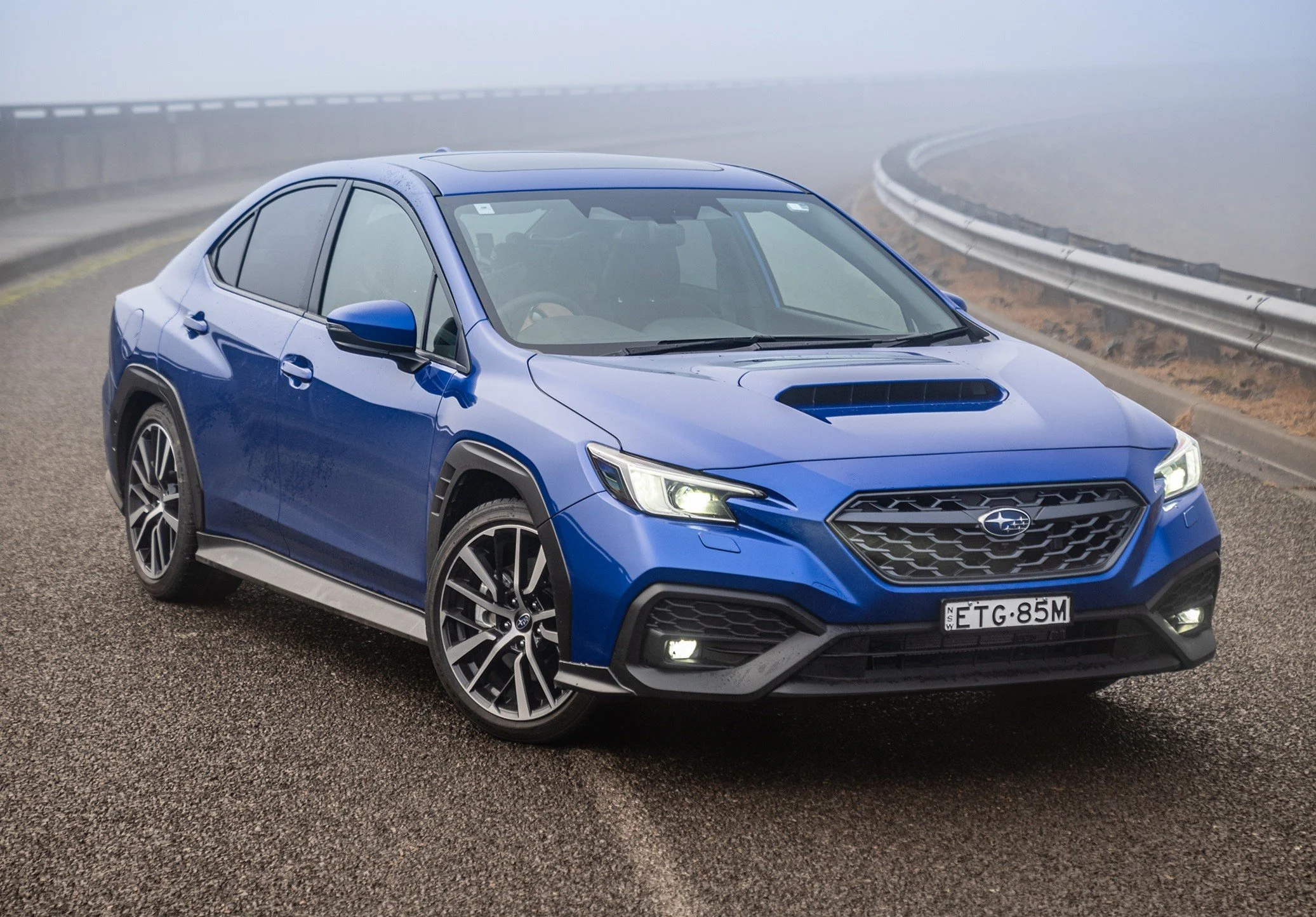






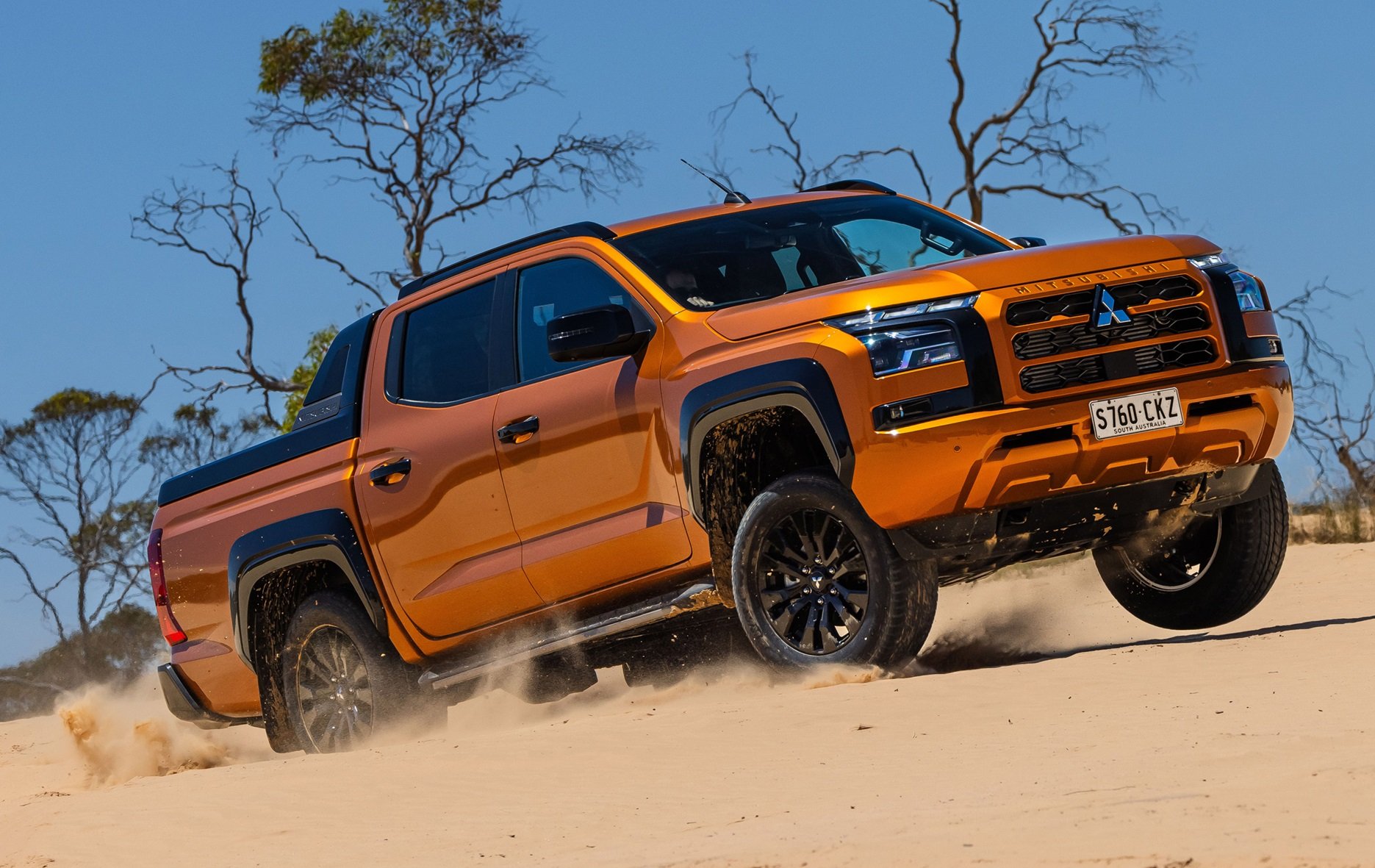
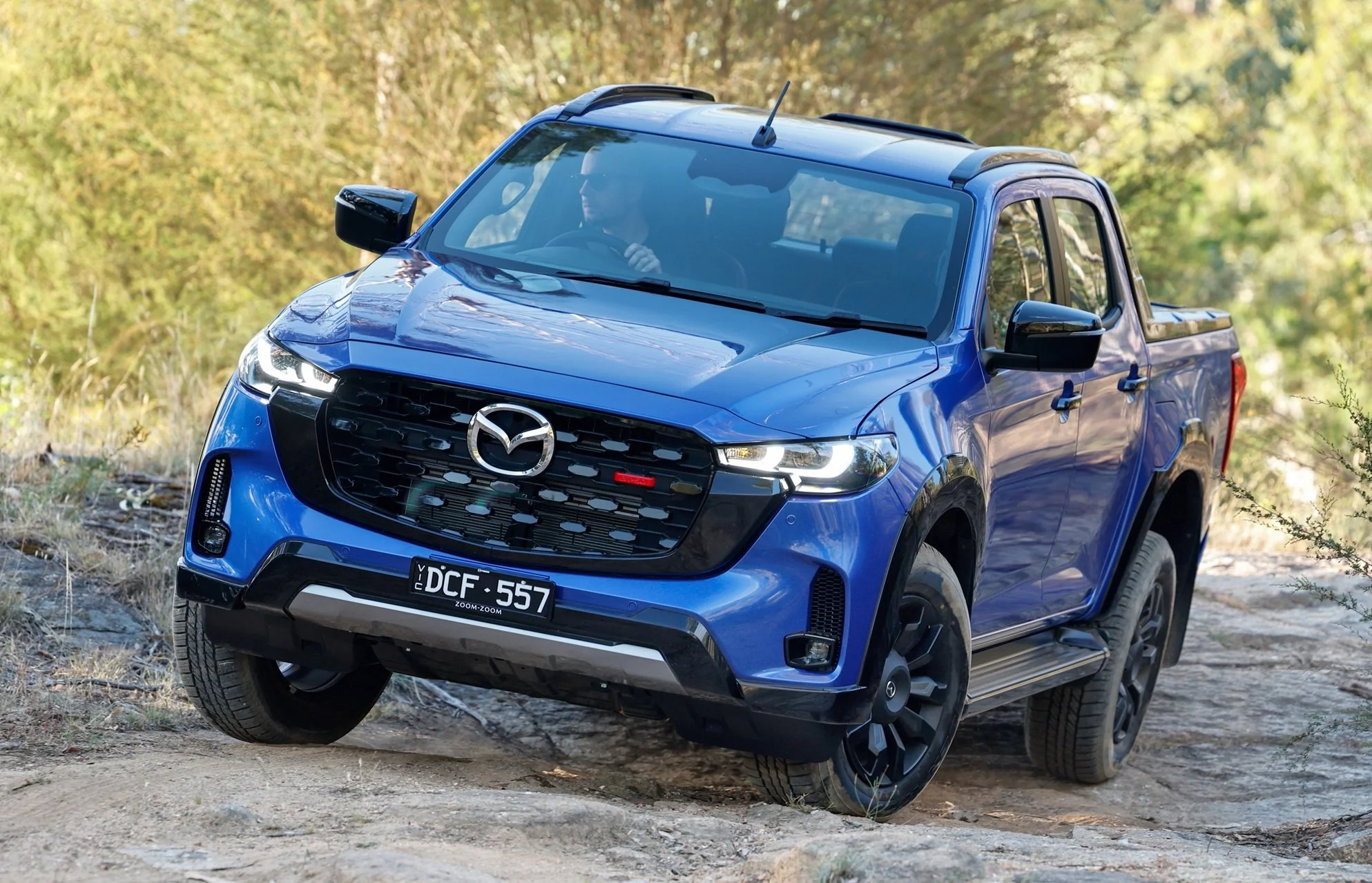

The new Santa Fe adds a hybrid powertrain to what has been one of Australia’s best-selling seven-seat SUVs. It offers premium European-style refinement and equipment you’d expect from prestige brands, keeping its value proposition and family appeal.